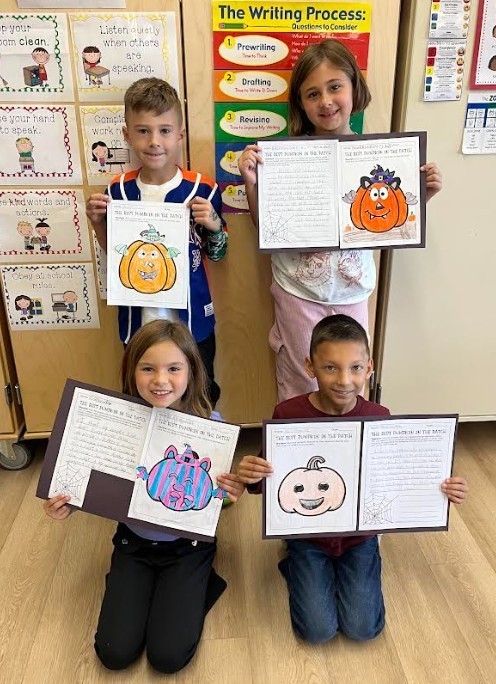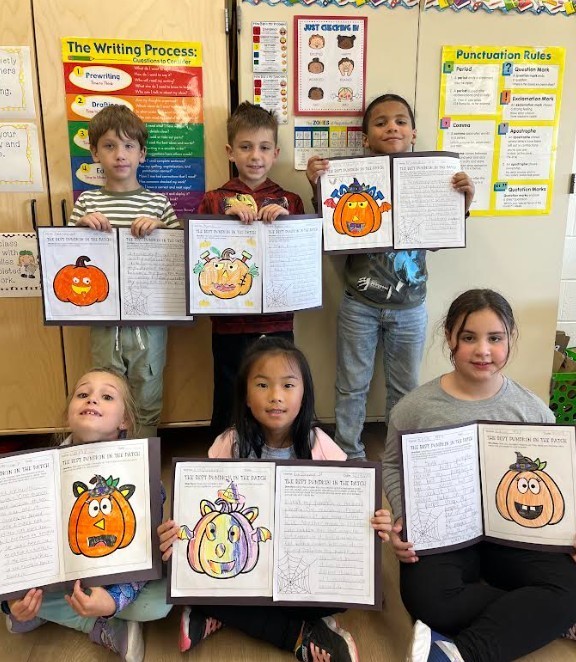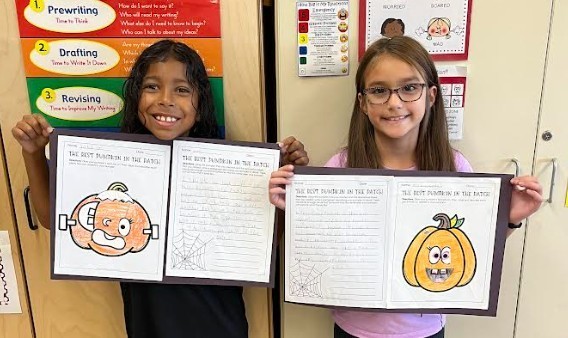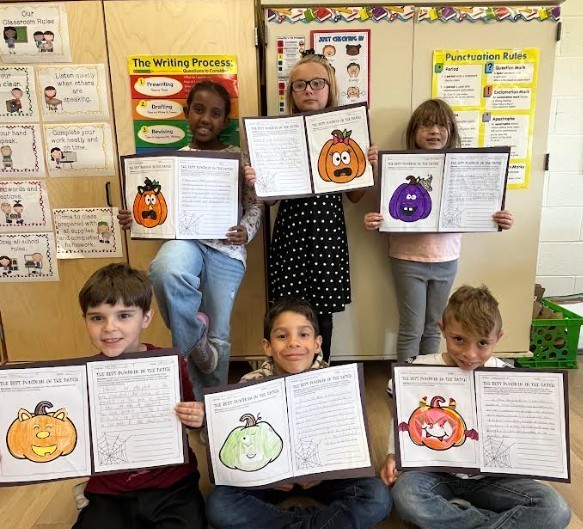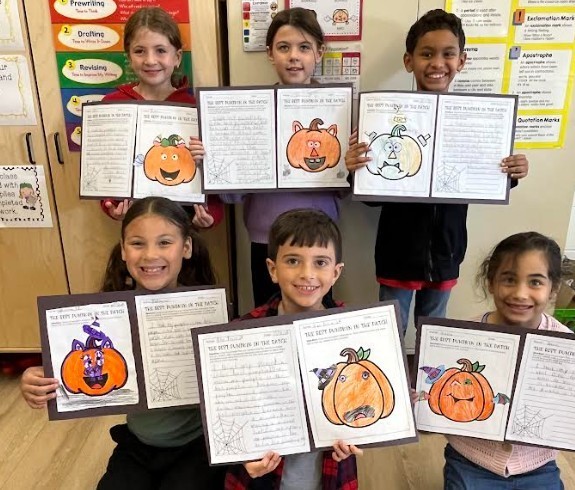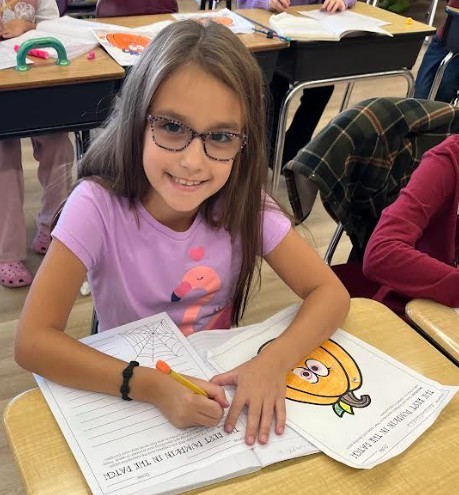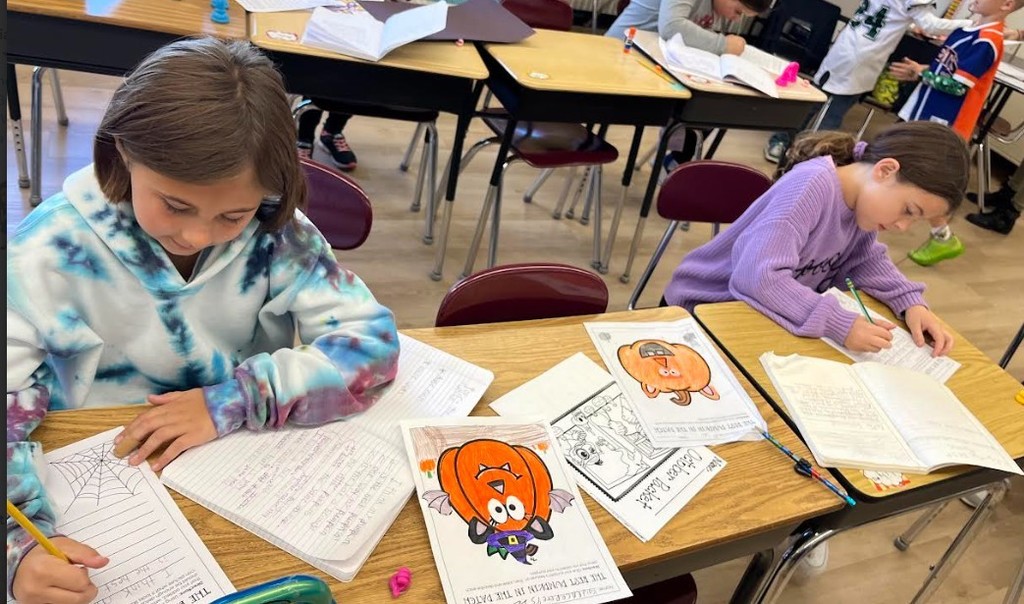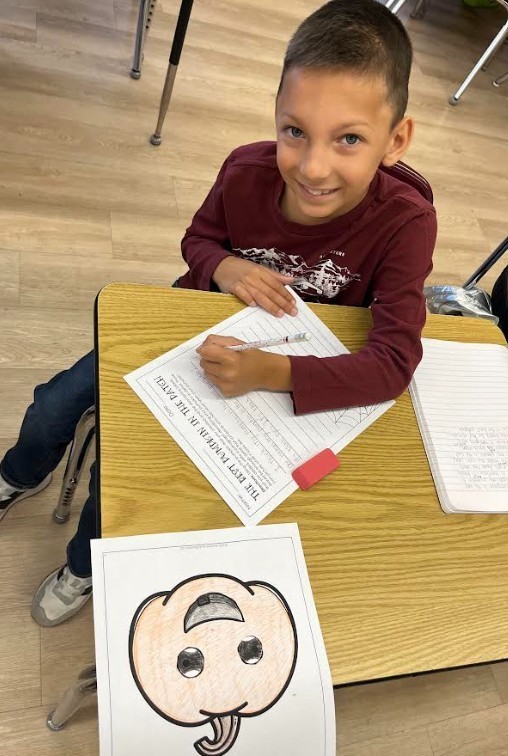All district fourth-graders, like Erica Alders’ and Alexa Roach’s Otisville fourth-graders, are practicing their rounding skills during math lessons.
It’s an important skill, too, and they’re getting really good at rounding big numbers!
Why is rounding important? Because rounding numbers simplifies complex or exact numbers into more manageable ones. This enhances understanding, facilitates quick estimations, and helps with practical tasks like budgeting and estimating costs in everyday life. It's a foundational skill for number sense, enabling effective problem-solving, communication, and decision-making by presenting information in a more accessible and contextually appropriate way.









This is a great leadership experience for both and we know they will represent only the OUB student population but the Minisink Valley School District with distinction! New York State's ex- officio student representatives are non-voting members on school boards who provide student perspectives on district matters by communicating student concerns and feedback to the board, and then informing the student body about board actions. They are expected to participate in meetings and discussions, attend board workshops, and act as a liaison between the student government and the board.

•Andres Balseca - Saxophone
•Heather Day – Flute
•Caleb Decker – Saxophone
•Mitchell Demberg - Drum Major
•Alyssa Doane – Clarinet
•Tyler Doane – Clarinet
•Hana Ebbert – Saxophone
•Greg Gibbs – Trombone
•Luz Guerra – Saxophone
•Madeline Huggins – Flute
•Ryan Jones – Trumpet
•Malunga Kinzonzi - Drum Major
•Nolan Mann - Bass Guitar
•Gavin McGinnis - Drum Major
•Josel Ortiz Zhunio – Trumpet
•Faith Padavano – Clarinet
•Yuvia Portugal – Clarinet
•Gabriel Simpson – Euphonium
•Bridget Zhunio Cajamarca - Flute

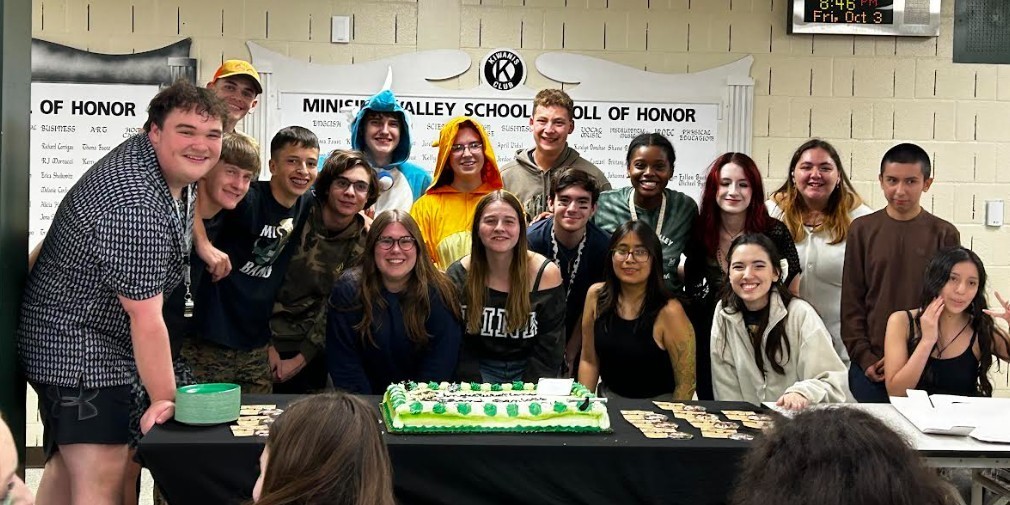
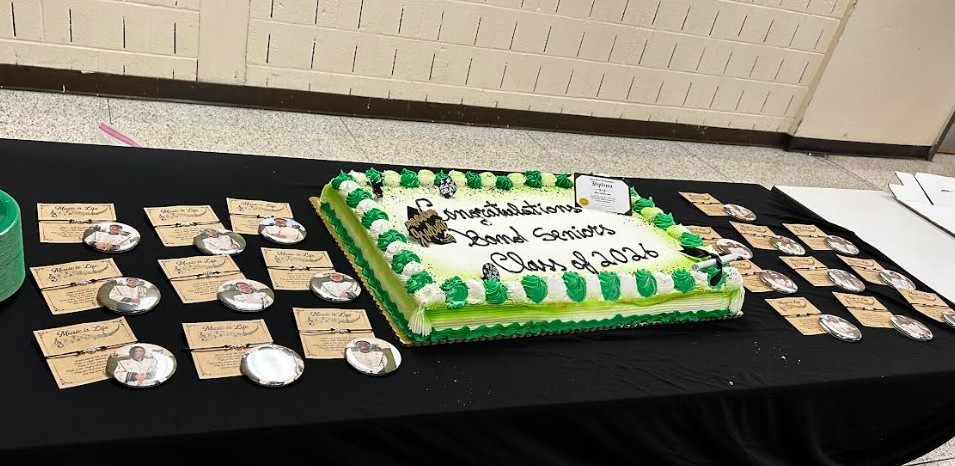
Students saw a piece by George Maciunas titled "One Year 1973-1974," comprised of various empty containers and packaging from items he consumed over that year. This led to a conversation about how if what one consumes contributes to their identity? And, if they complied a year's worth of their personal trash, what would that say about them?
They also worked on a deconstruction activity around Pushpamela N's piece titled "Staging Selves." They worked to match each image with a title that best suites it. Everyone later spoke more about this, including offering further introspection on the piece.
Students also made connections to "Identity" using a piece by Lotus L. Kang, making connections on the discussion map. Kang's piece "Molt (Toronto-Chicago-Woodridge-New York-Los Angeles)" is a piece made from tanned and unfixed film changed from light, humidity and other environmental elements. Kang once remarked: “We are porous beings, we are always in a state of becoming."
Students also had the opportunity to view Vincent van Gogh’s "The Starry Night, which hangs at the MoMA.
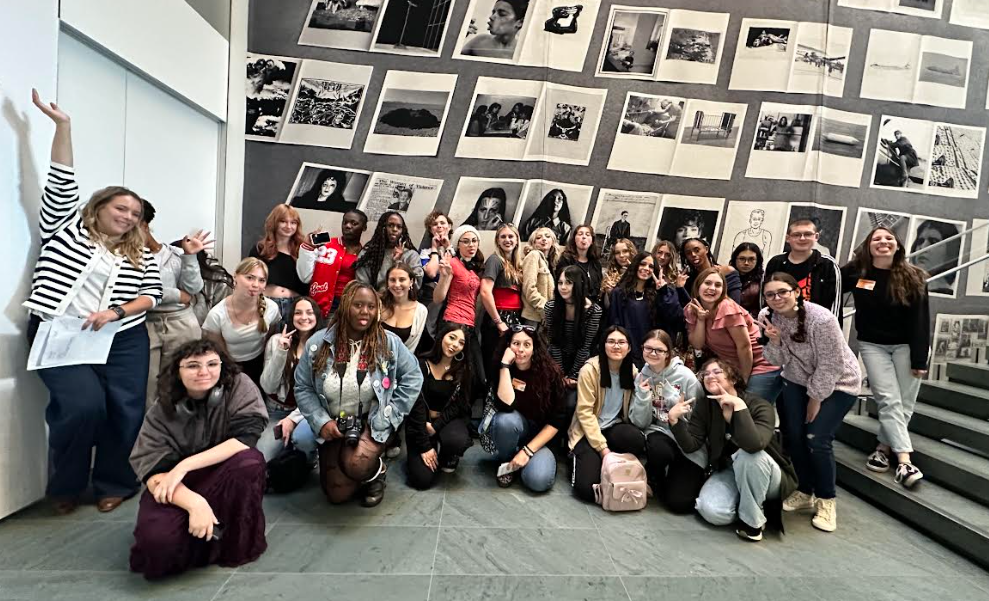
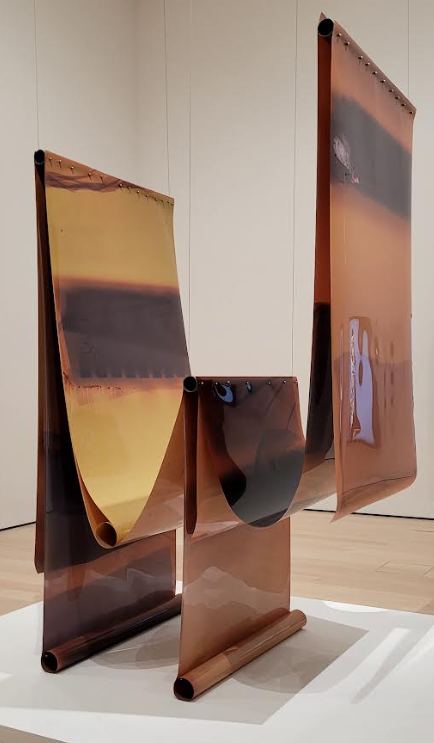
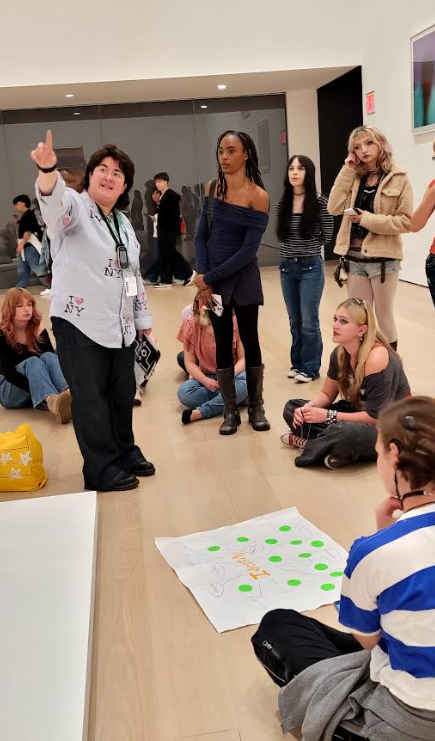
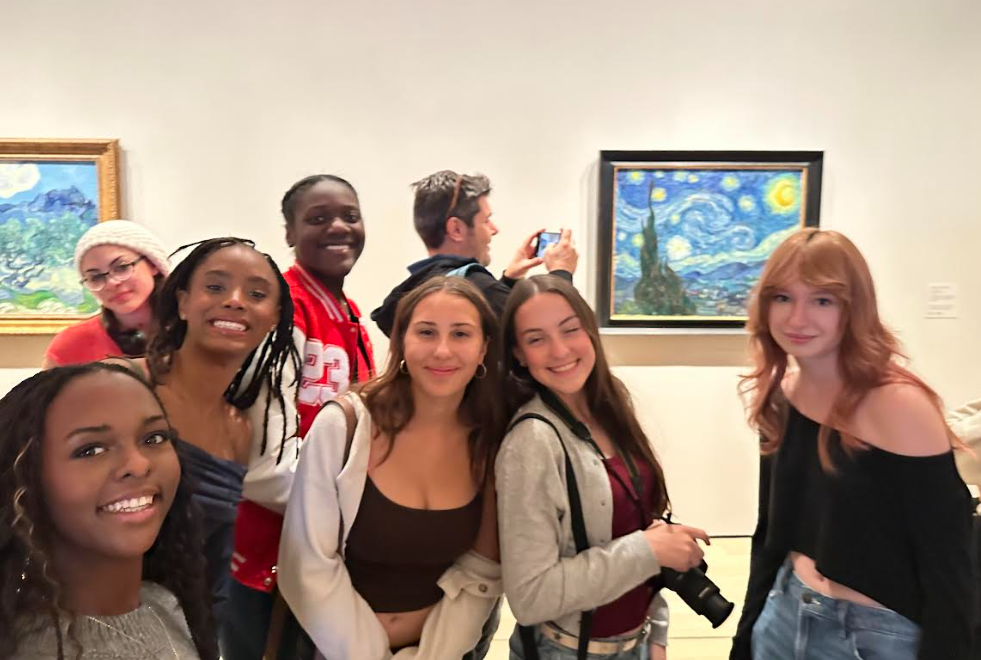
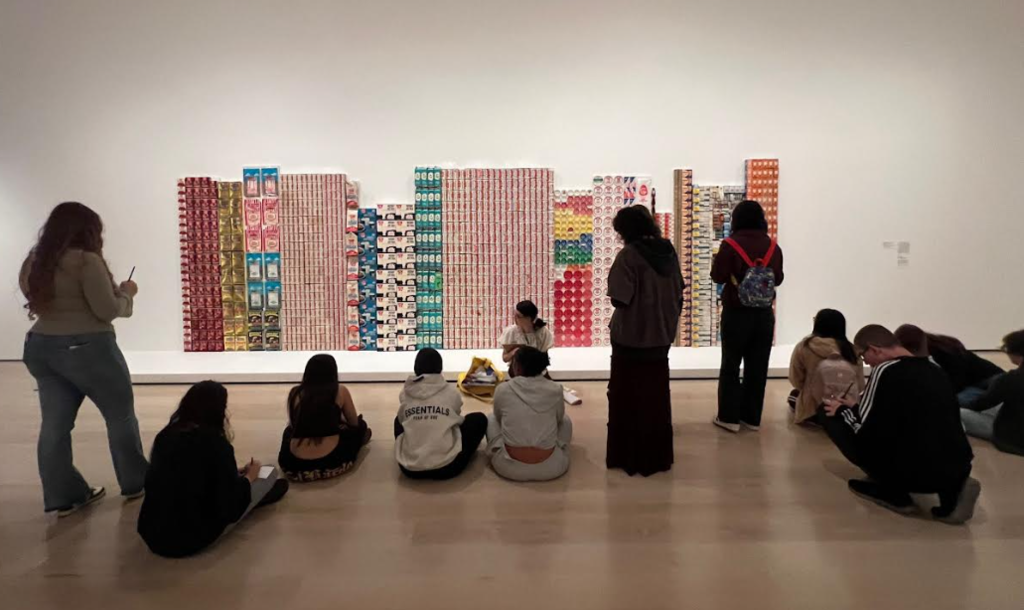
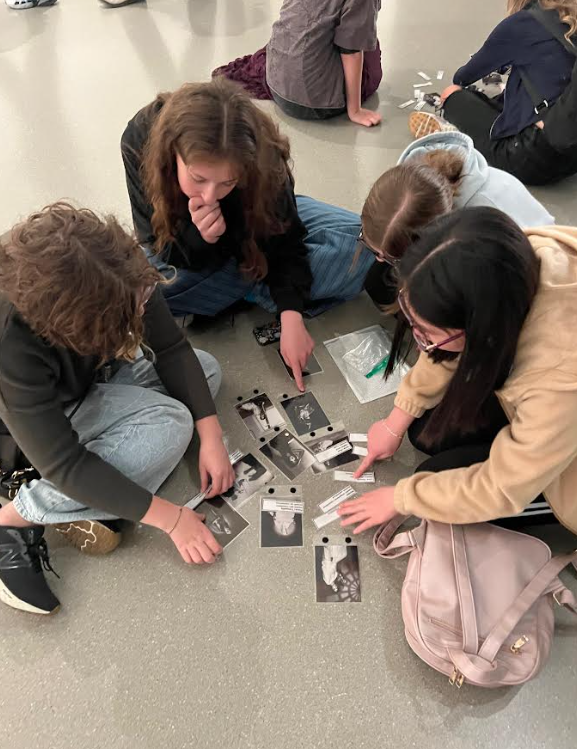
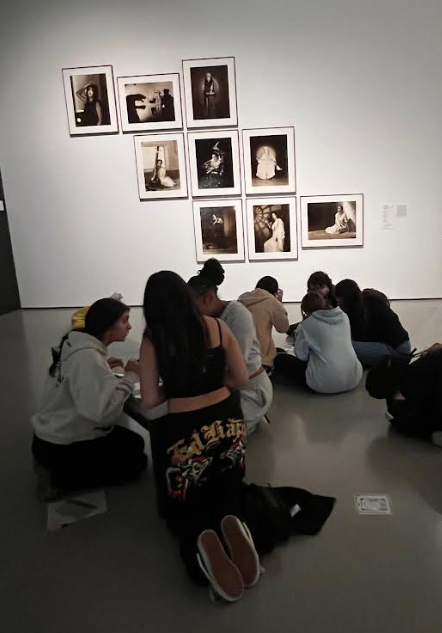

Jen Paglia’s ES first-graders, like all district first-graders, are learning about Mesopotamia during their CKLA (Core Knowledge Language Arts) lessons about early world civilizations.
First-grade students study Mesopotamia to learn the foundational concepts of early civilizations, such as the importance of rivers, farming, and writing. It’s also a great introduction to world history, introducing students to different cultures and civilizations while highlighting early human achievements that shaped the world. Lessons like this also help students to continue to develop critical thinking skills through the comparison or contrasting of ancient civilizations. Plus, it’s always a great idea to take crayons and draw a picture of what they’ve been talking about, too!
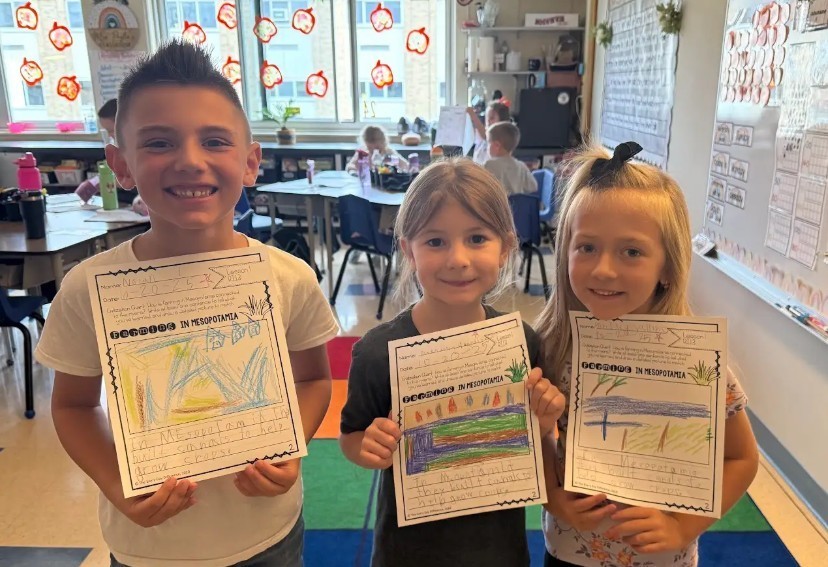




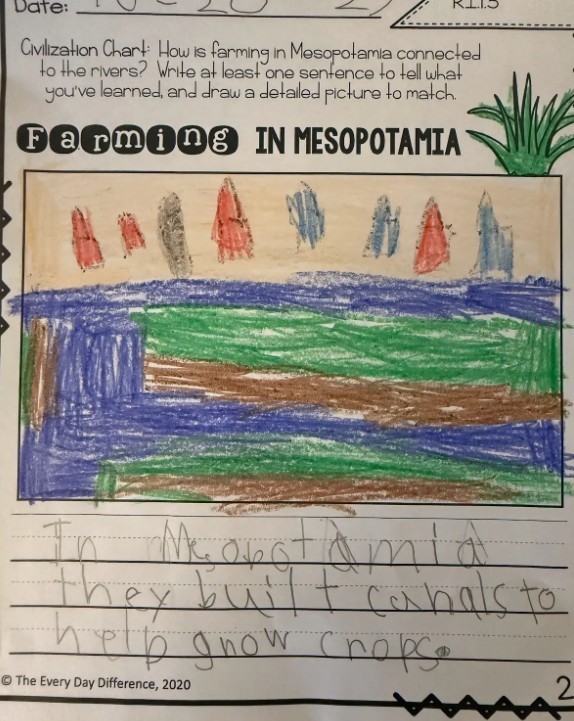

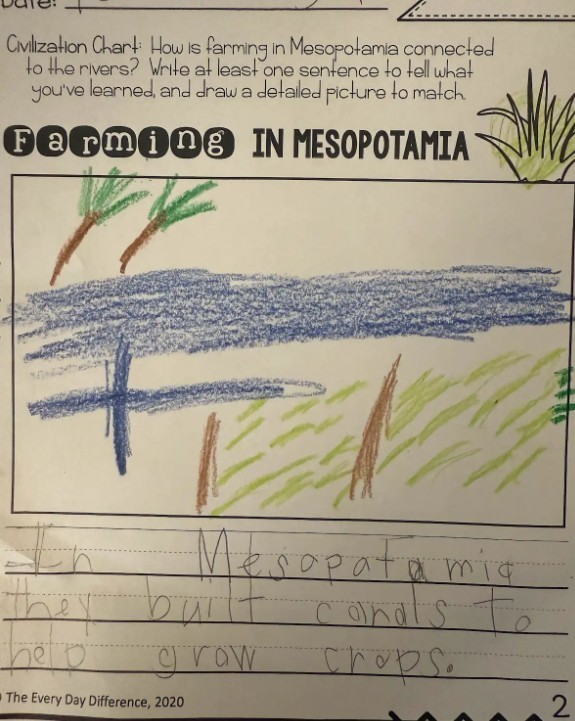
As part of this, they used tape diagrams to better understand division. Students worked together to solve division problems where “the unknown” represented the number of groups, using drawings, specifically tape diagrams, to visualize how numbers can be split and shared equally.
As they built their diagrams, students connected their models to both division equations and multiplication equations with unknown factors, discovering how the two operations are related. This hands-on approach helped them strengthen their skip counting skills and deepen their number sense.
The classroom was filled with collaboration and mathematical conversations as students explained their reasoning, compared strategies and proudly shared their work. Using visuals and drawings allowed them to make sense of abstract math concepts in a meaningful and engaging way.
A tape diagram is a visual tool in math that uses a rectangular bar, like a strip of tape, to represent and solve word problems. It helps students visualize the relationships between numbers in addition, subtraction, multiplication and division problems by breaking the problem into parts and showing what is known and unknown.





The High School marked Red Ribbon Week today, Oct. 29, with a "CHOOSE TO REFUSE" table and inviting students to participate by completing puzzle pieces explaining why it's important to them to make good, responsible and healthy choices and decisions. These pieces will be combined for a large puzzle display.
Students also had the chance to spin a wheel, answer a question tied to substance abuse, alcohol or distracted/drunk driving for an opportunity to win a prize. Take a look!










Introducing new vocabulary in first grade is crucial because it improves reading comprehension and academic success. A strong vocabulary helps students understand texts, express themselves more clearly in both writing and speech, and build a foundation for more complex learning in later grades.



Singing in rounds helps to train the students' ears, improve pitch and rhythm skills, build confidence and independence, and helps them develop harmonic awareness. These skills are needed to prepare for their upcoming winter concert in December.
A singing round is a musical form where multiple voices sing the same melody but begin at different times, creating harmony through the overlapping. For example, when the first person finishes the song and starts again, the second person who started later also reaches the beginning and restarts. Popular examples include "Row, Row, Row Your Boat" and "Frère Jacques."






Venicia Salguero used the Middle School Diversity Committee’s recent Hispanic Heritage Month “Choice Board” of activities as a homework assignment for her seventh-grade Spanish students, asking them to provide images and a summary about the activities they chose.
Many students made the "no bake" tres leches cake or completed the "papel picado" craft. A few went out to eat at local restaurants such as El Patron, Frontera and Zapata.
Some even chose activities not on the list! One student made the drink "horchata" and another made "platanos." A few students opted to take a dance lesson on YouTube or learn some Spanish sign language!
“I'm really proud of how seriously they took this activity to branch out and try something new,” Sra. Salguero said. “Hispanic/Latino people make positive contributions to our world year round.” Bien hecho, todas!


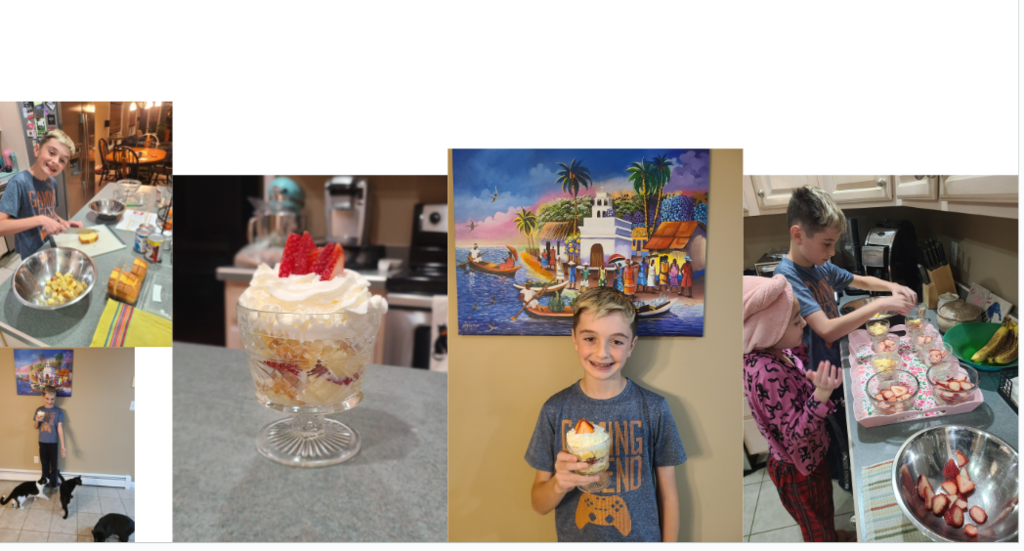
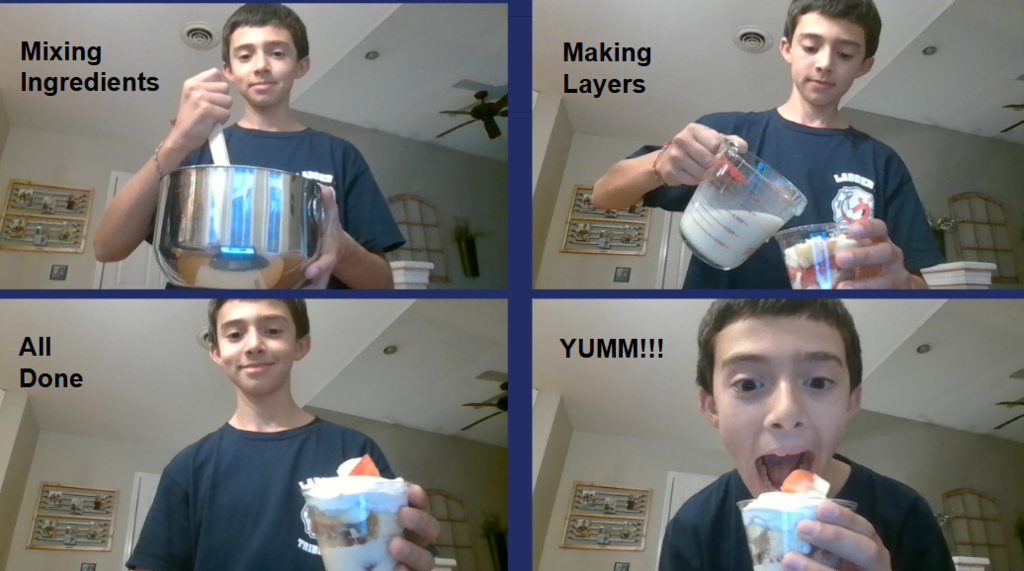
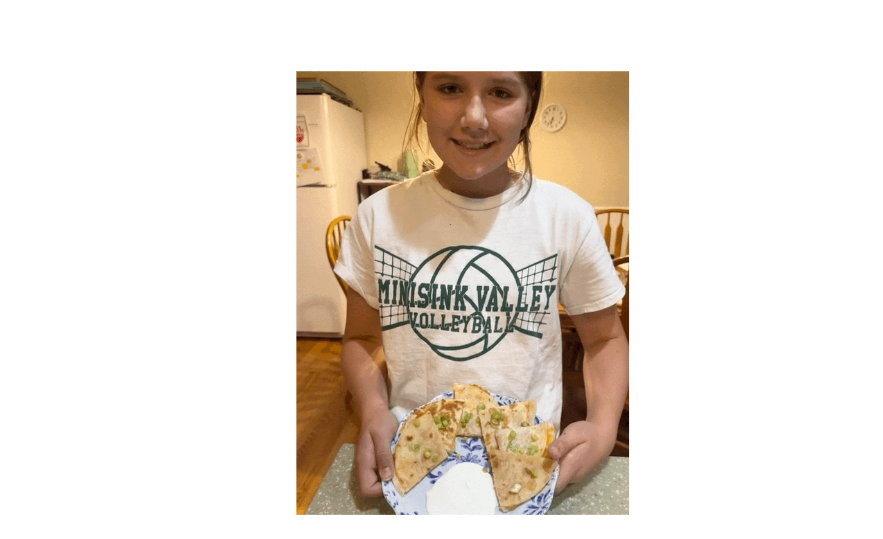
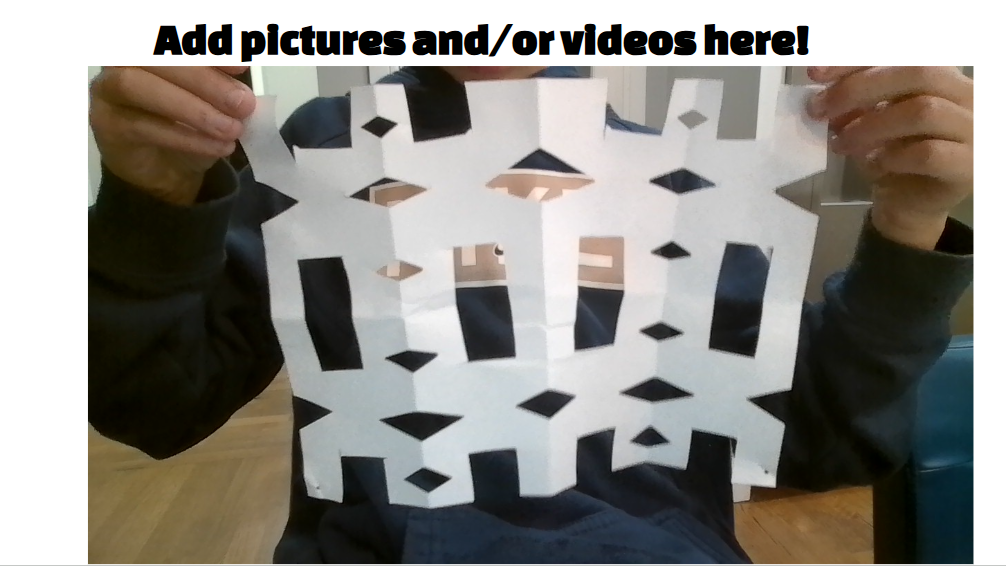
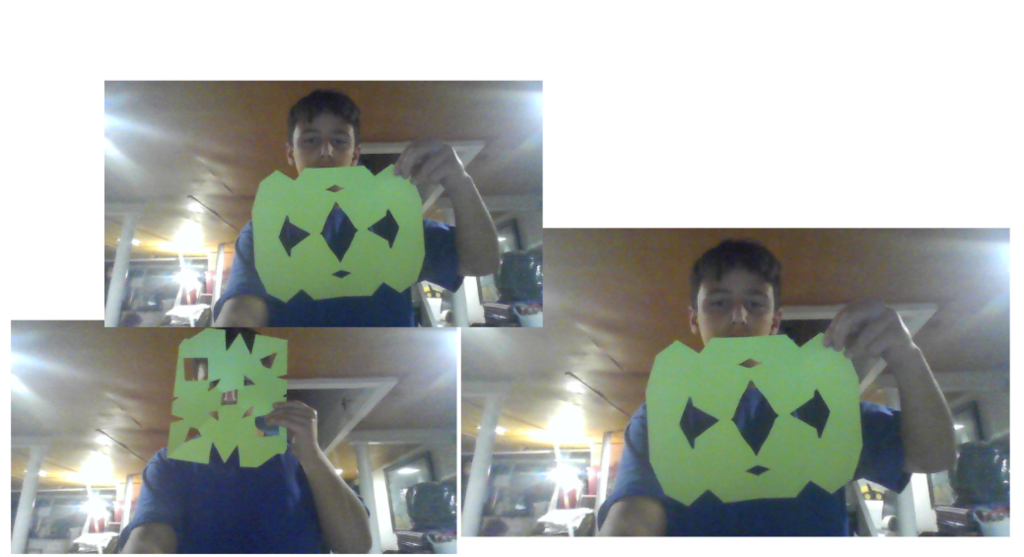

The Varsity Boys Soccer team honored its seniors during its recent Senior Night! Thank you to Jandro Arias, Benjamin Danielson, Sean Aldana, Cesar Ramirez, Robert Davis, Julian Ochoa, Gavin Capper, John Falzon and Richard Cai for their many contributions to the team’s success.
Head Coach Jordan Mootz wants us to know about her talented seniors:
•Sean Aldana is the kindest, most easy going kid on the team. You can talk to him about anything! He alternates between defense and goalie.
•Captain Jandro Arias has played goalie, defense, and the frontline, and has excelled at all. He never fails to make his coaches and teammates laugh with his sarcasm. He is always a leader and willing to make others better.
•Richard Cai is one of the midfielders, and is a helpful teammate. He is always the first to assist with equipment. Always prepared and ready to go.
•Gavin Capper is the right defense, and he isn't afraid to boot the ball out or throw in a tackle. He has made significant improvement this year!
•Captain Ben Danielson is known for his speed and strong foot. He has played both defense and offense for us this year, and is a powerhouse. He is always willing to crack a joke, and make everyone laugh.
•Robert Davis joined the team this year and he has made such an impact on defense! He is always prepared at practice.
•Captain John Falzon is the center midfielder. He is the most unselfish player you will ever meet. He does not care about scoring goals, he cares about making his teammates better.
•Julian Ochoa has been playing both right back and left forward for us this year. He has done so with no questions asked, and succeeds at both. He has the farthest boot on the team!
•Cesar Ramirez has been the center forward this season. He has shown his love for soccer and always acknowledges his teachers in the hallway.

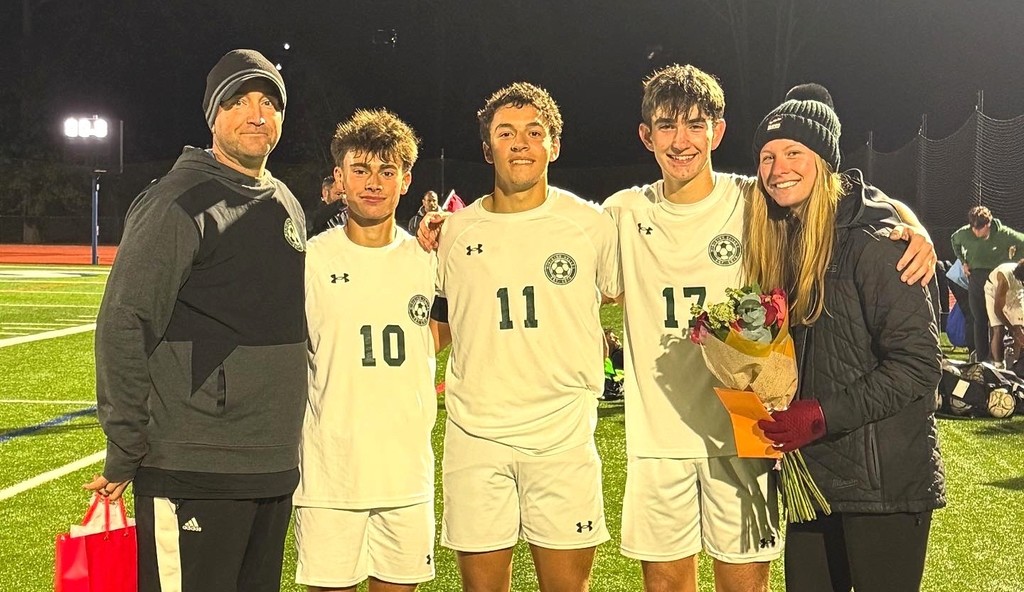
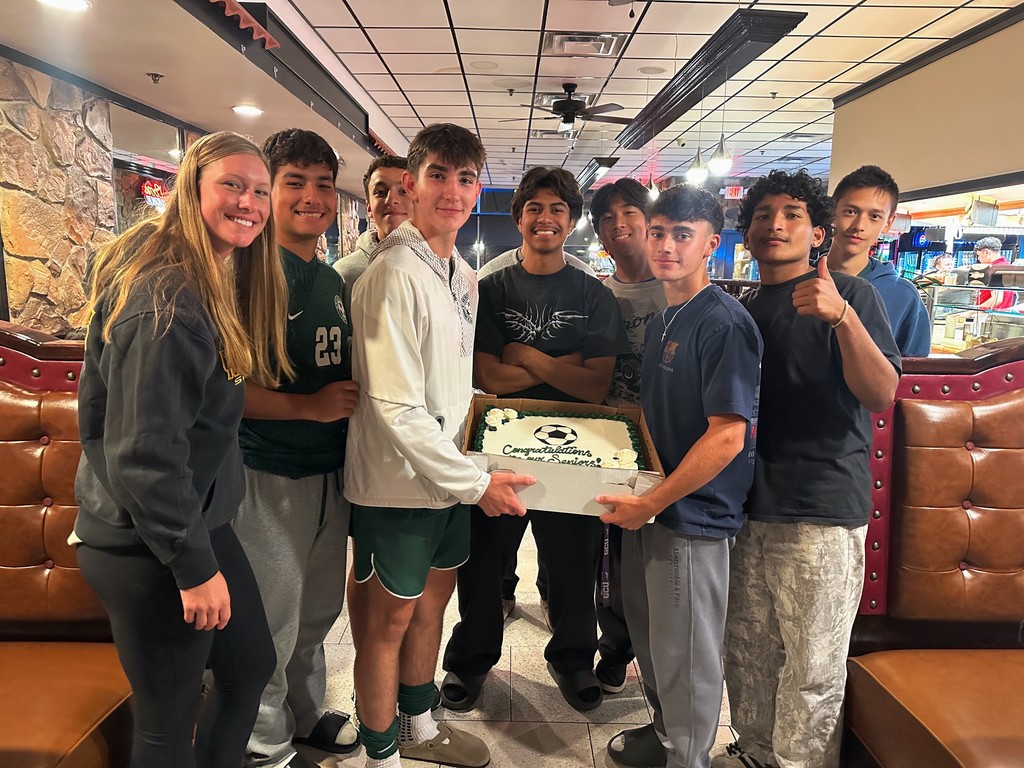
Take a peek at our students who attend the Middletown YMCA's Club Kid before/after school program at our ES/IS/Otisville campuses. Our YMCA partners offer our Minisink Valley families safe. affordable before or after school child care at our two campuses and are loaded with indoor/outdoor fun, socialization and even homework time! We bet you recognize many faces!
To learn more about Club Kid, visit: https://middletownymca.org/club-kid/
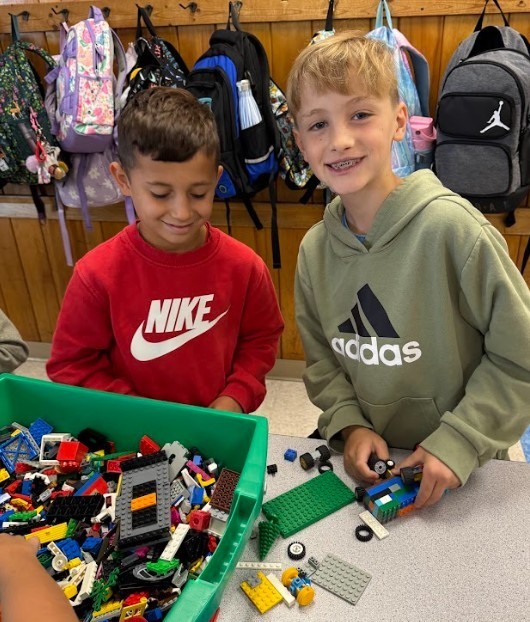
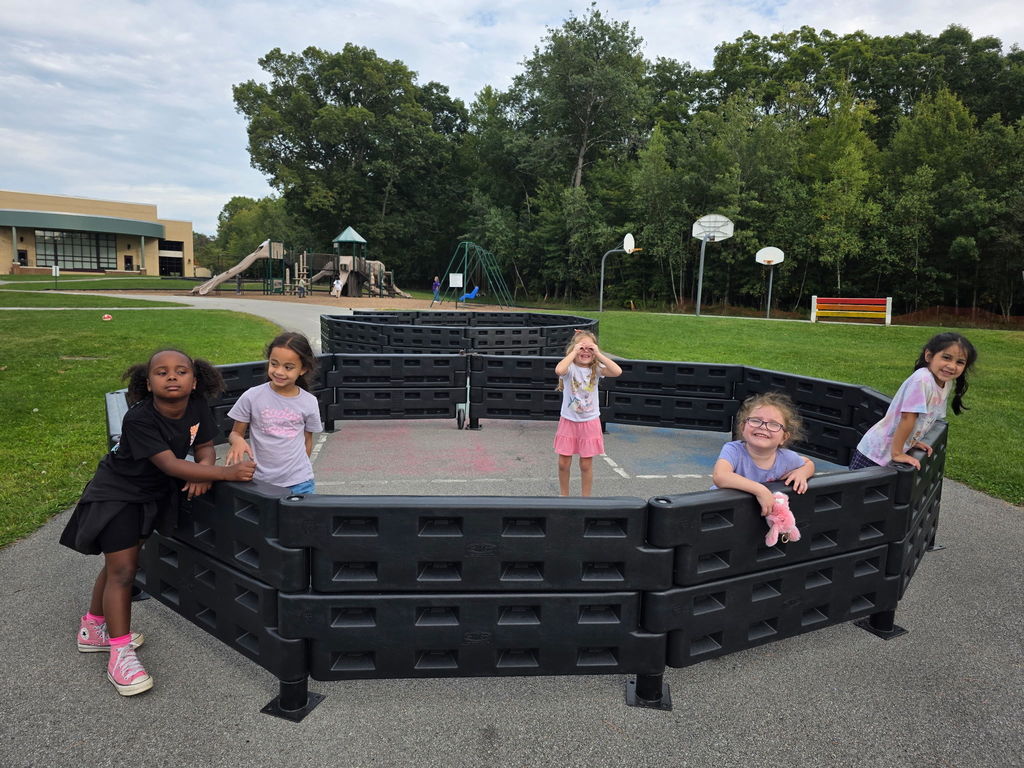
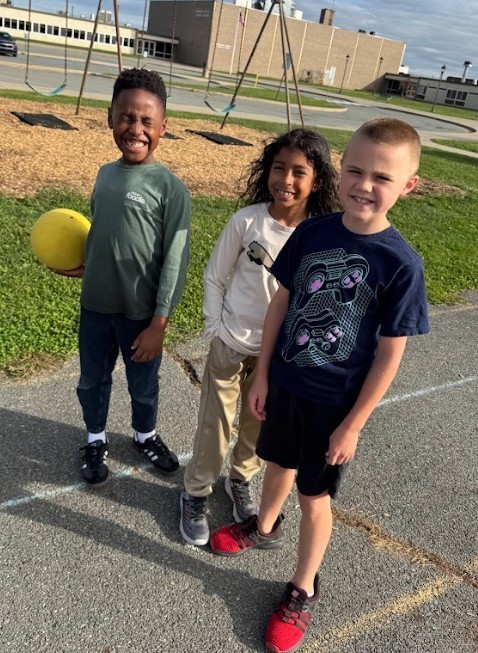
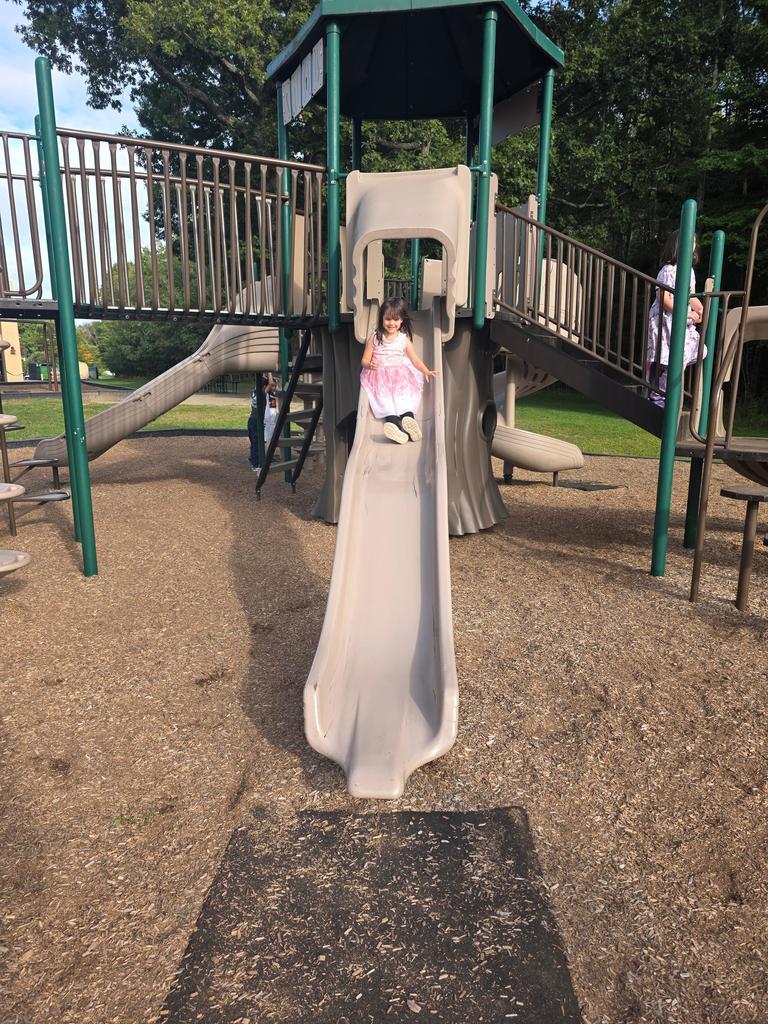
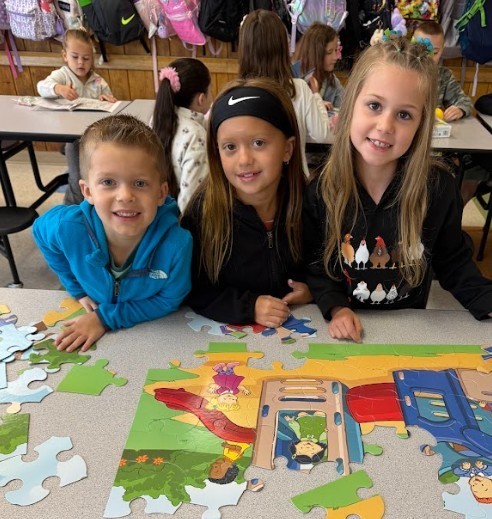
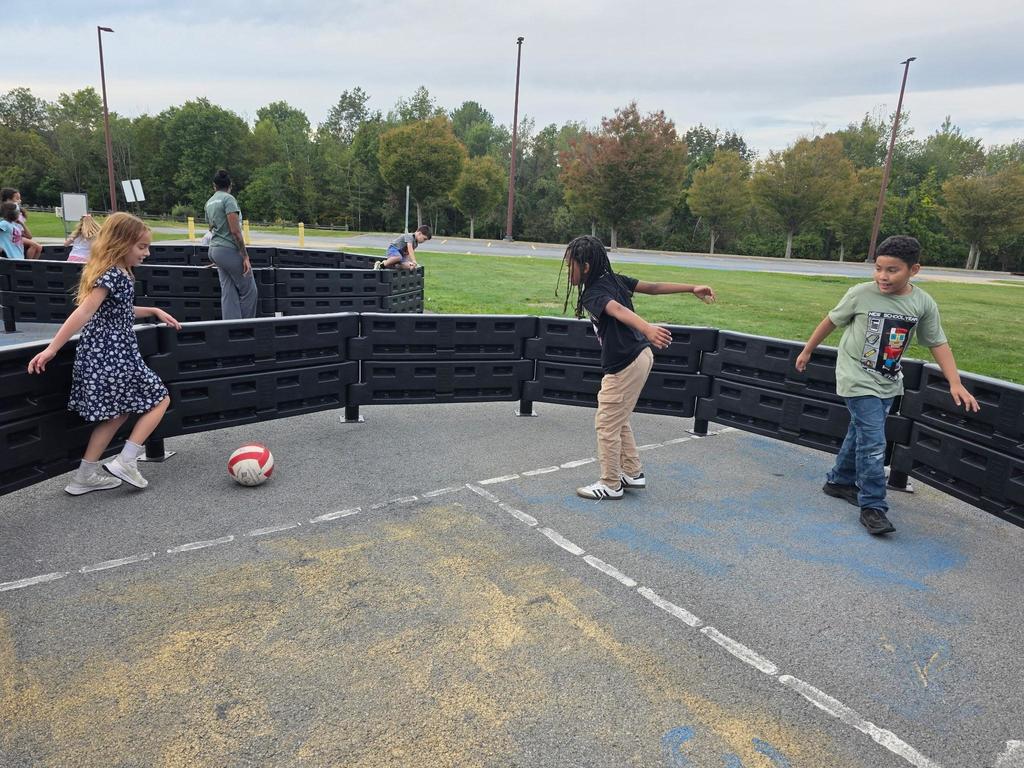
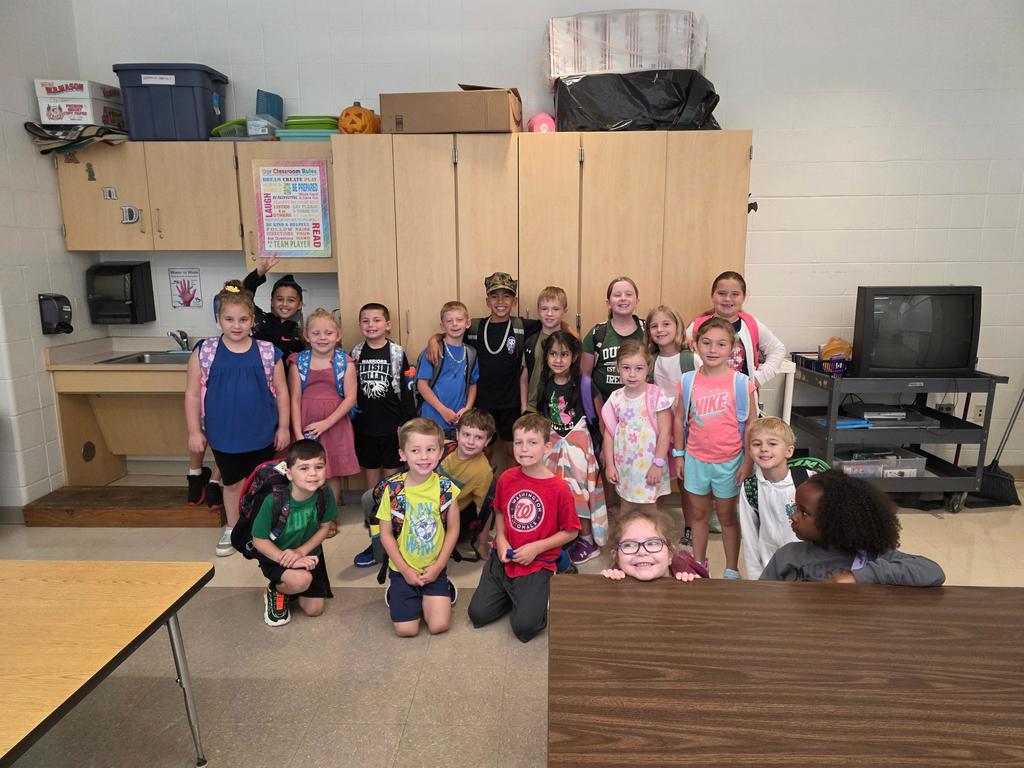
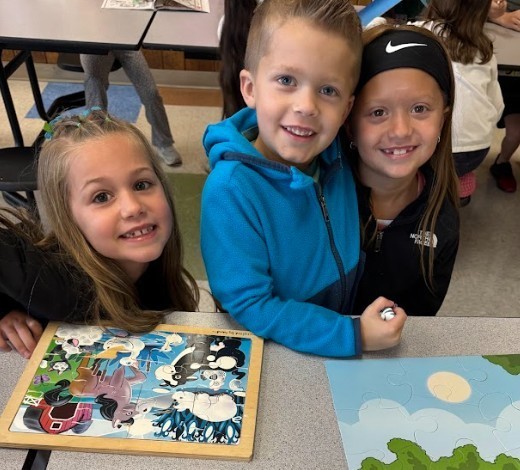
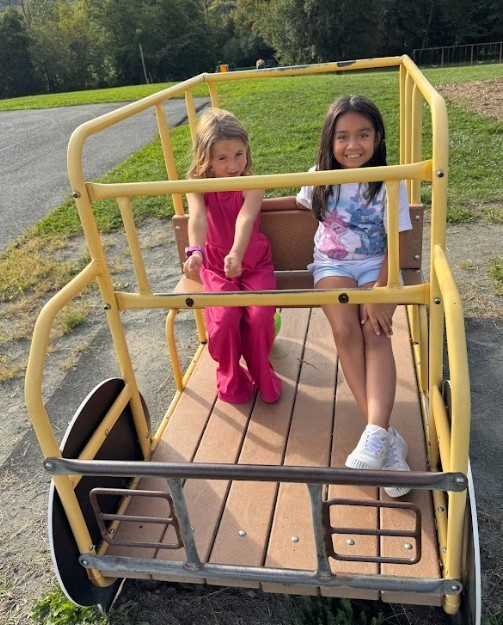
Invitations (like the one here) have been mailed out to the area's veterans organizations. but ALL VETERANS ARE WELCOME! RSVP is Wednesday, Oct. 29.
We invite you to join us and have a lovely early evening out, with a dinner prepared NHS members and wonderful music by members of the high school's bands. Details are in the invitation\!
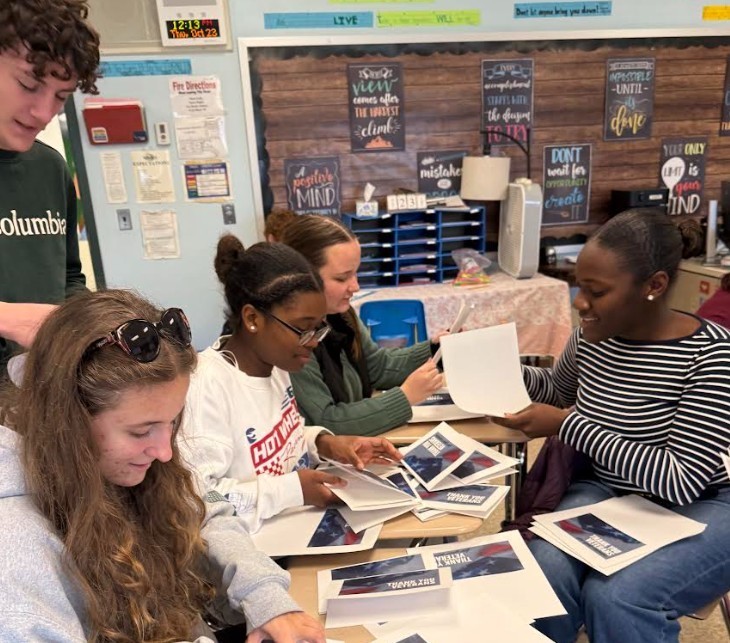
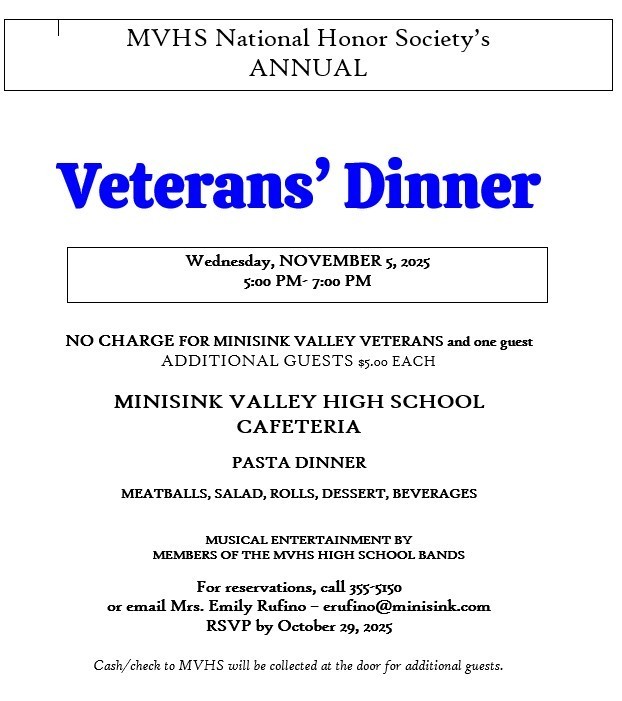
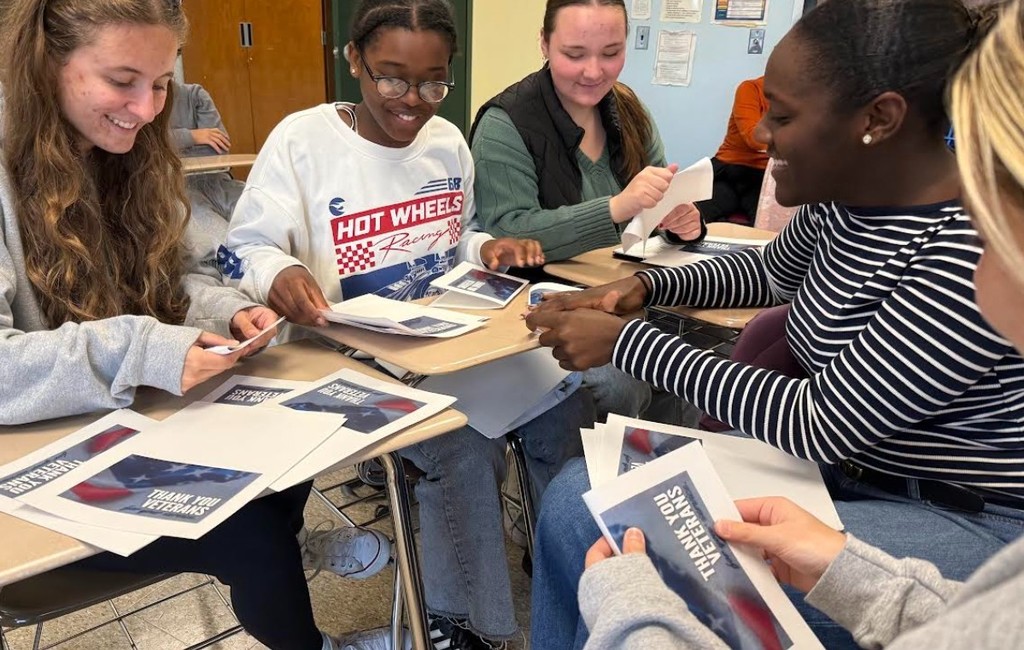
Shades of pink were visible everywhere in the district this past Friday, Oct. 24, when students, faculty and staff decked themselves out to mark the district's GOING PINK day in recognition of National Breast Cancer Awareness Month. Who knew there were so many shades of pink?
Take a peek at just a sampling of the hundreds and hundreds of students and staff (and Board of Education members, too) who wore this great color! THANK YOU to everyone who participated and shared photos!
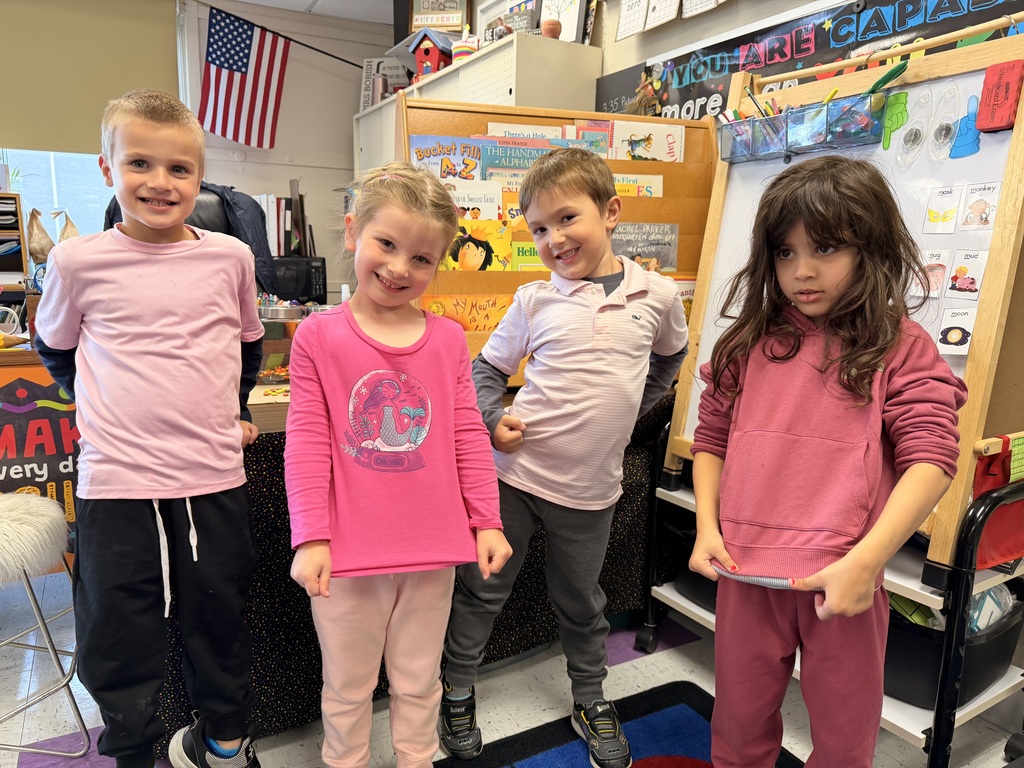
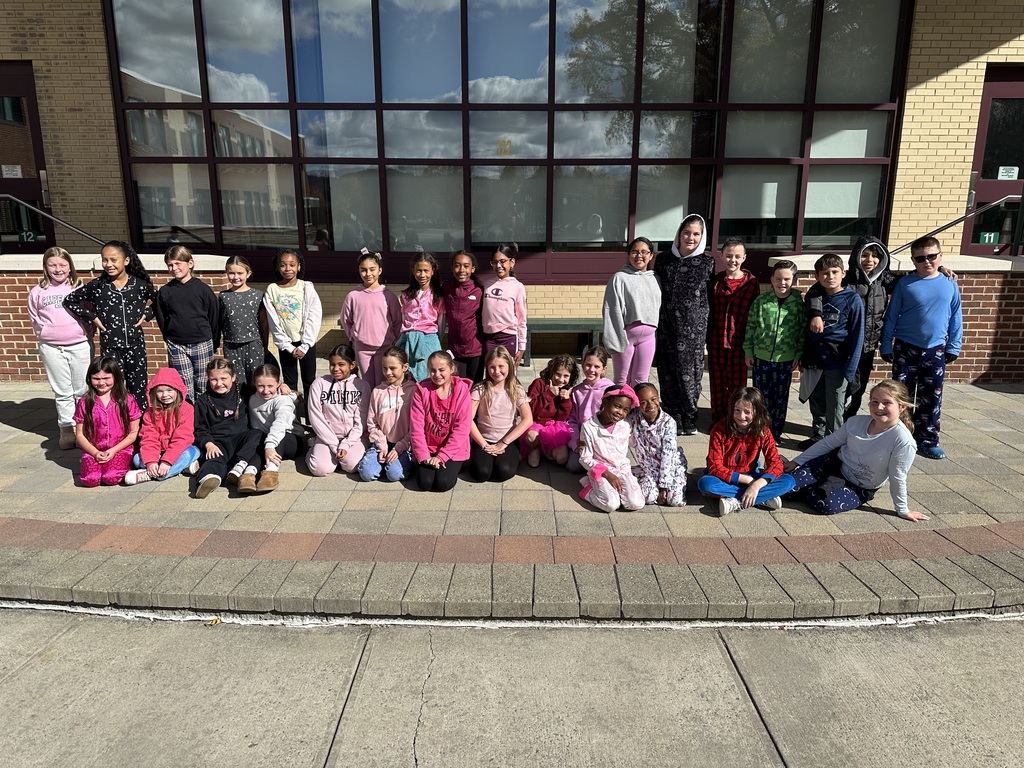
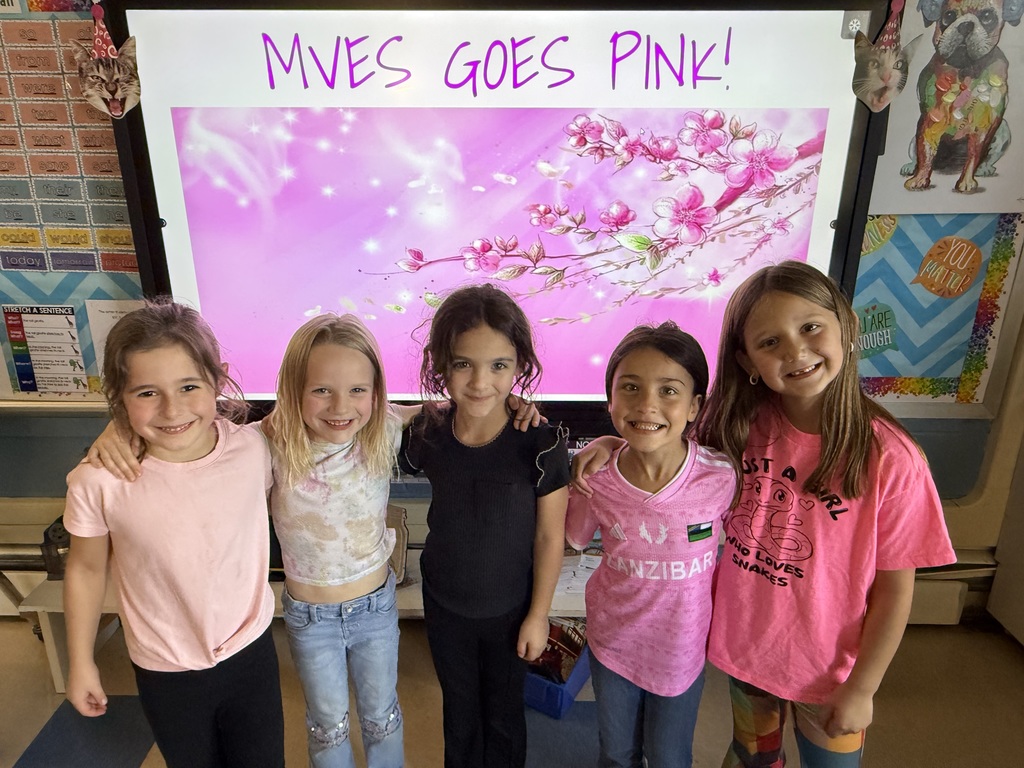
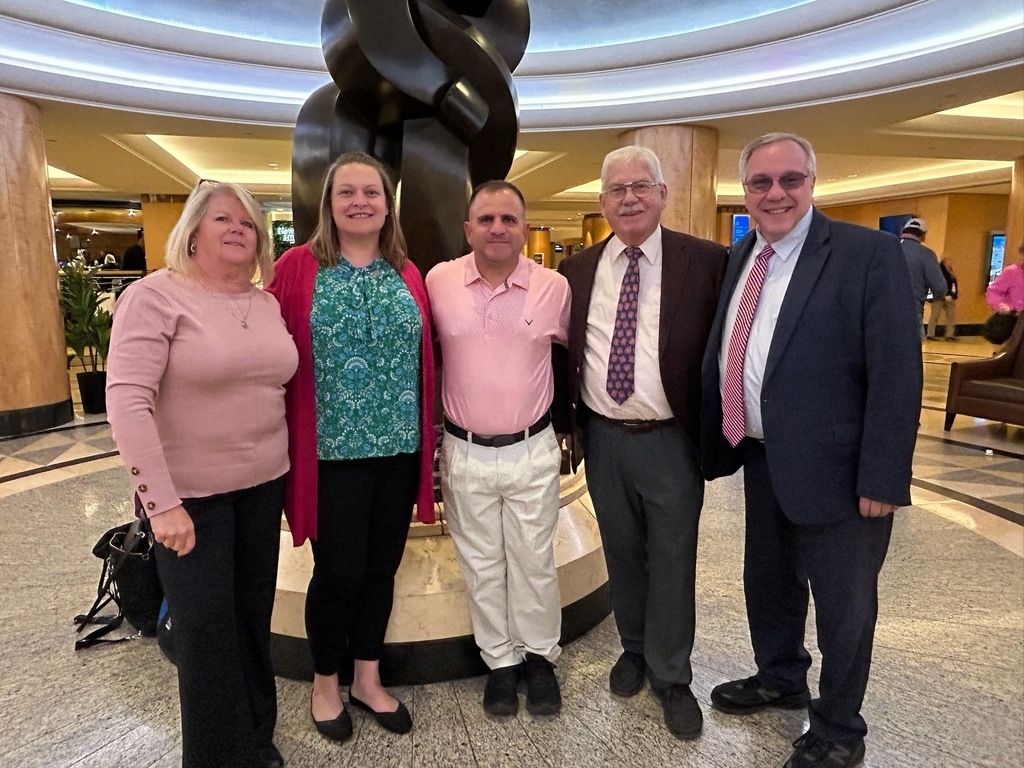
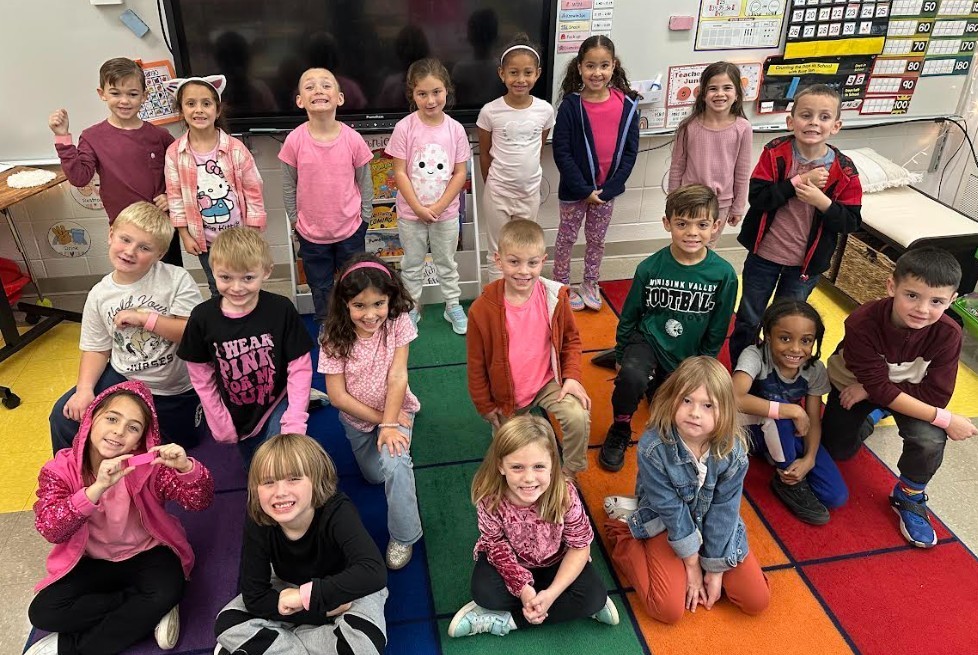
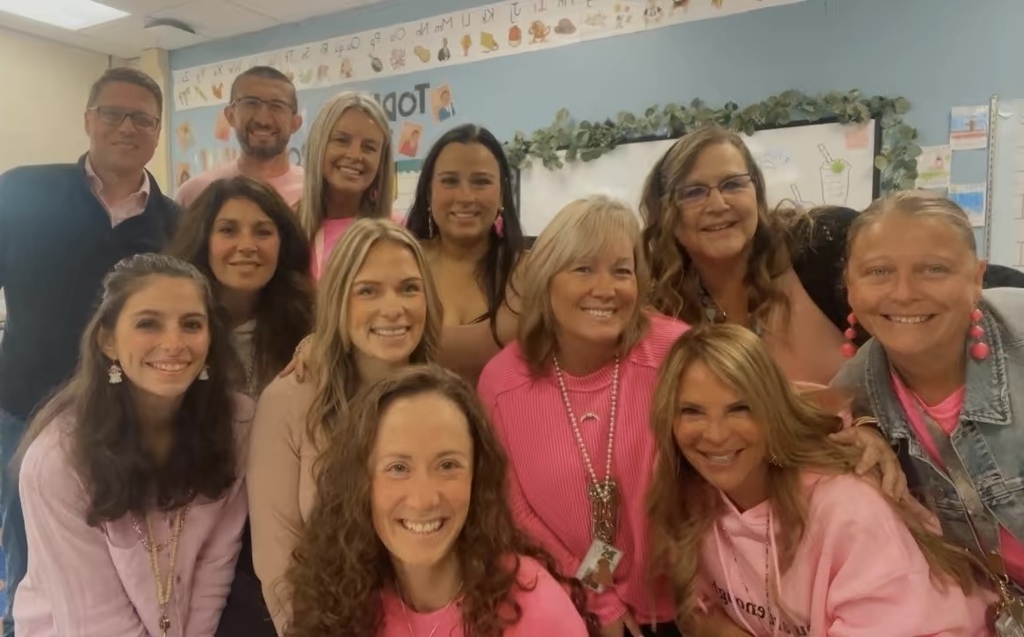
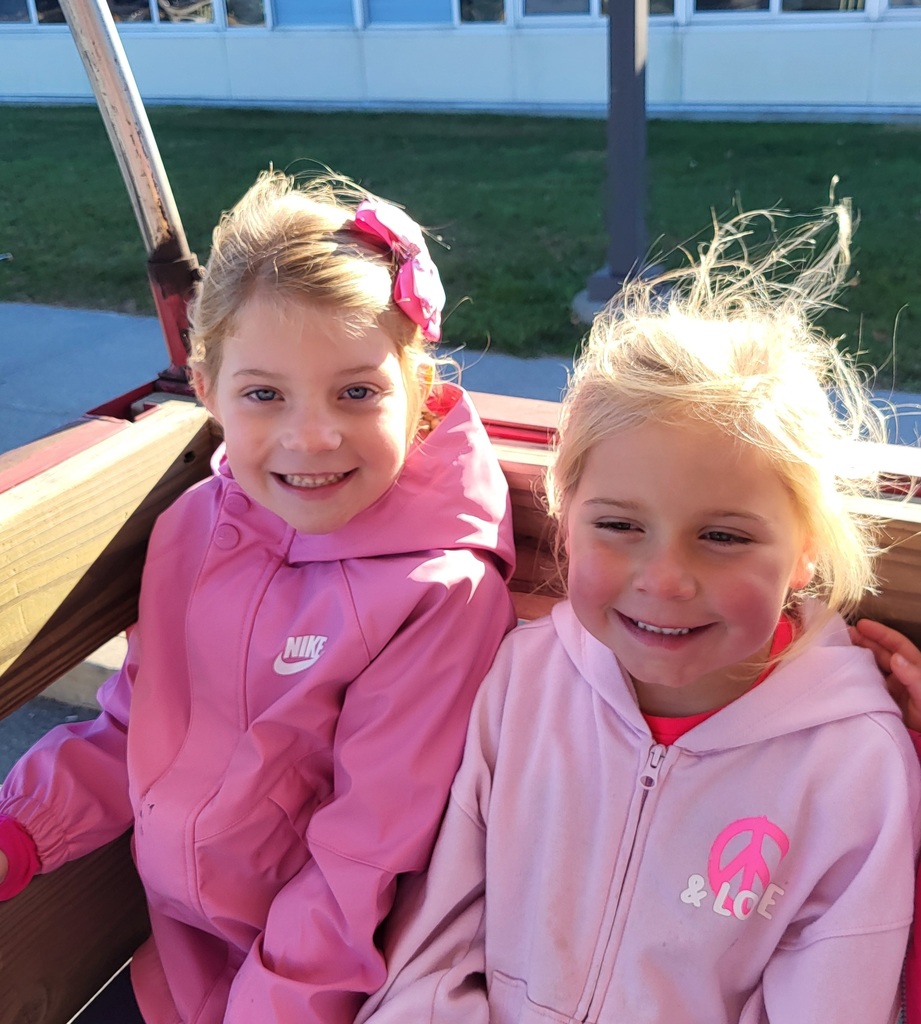
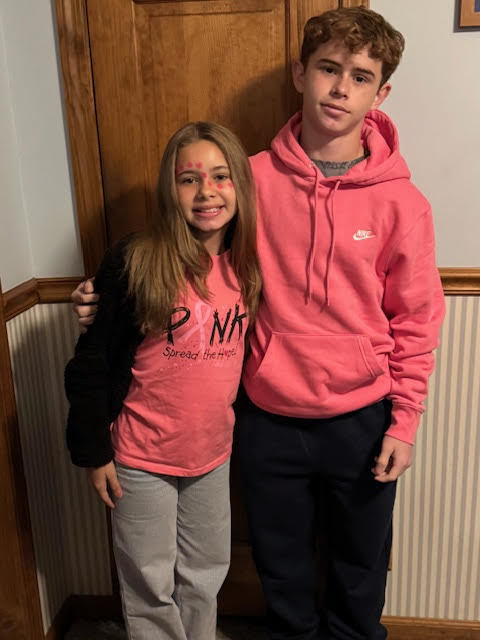
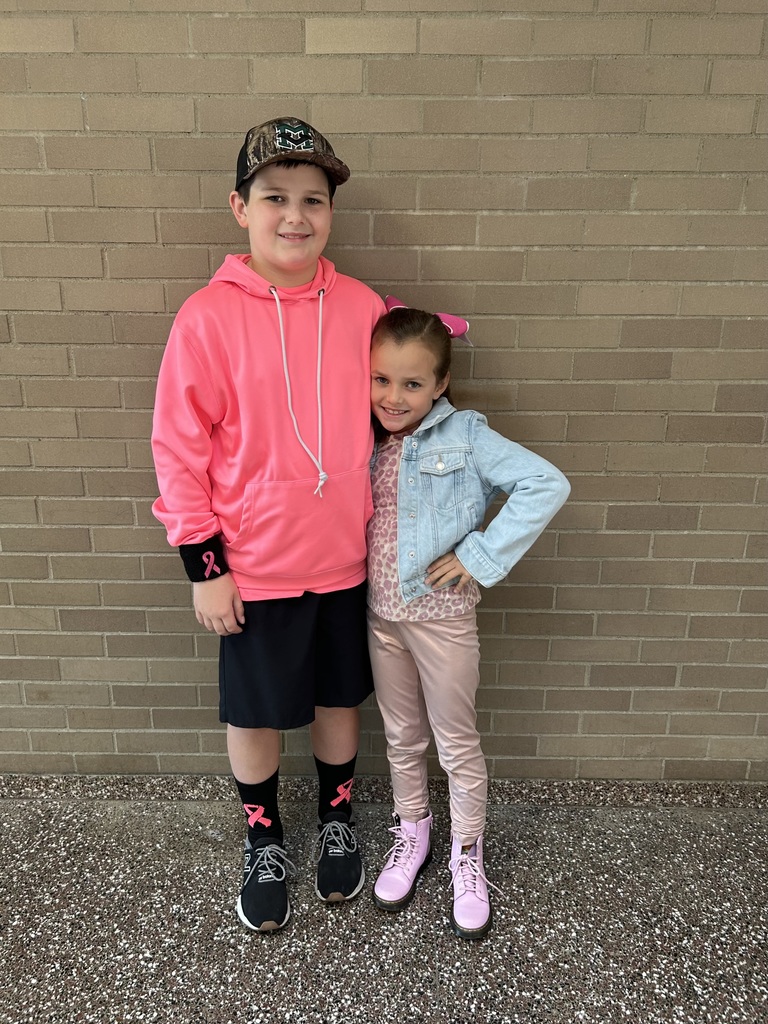
Coach Bell was a respected player for Port Jervis in the 1960s and a longtime Minisink Valley coach and teacher. The Minisink Valley and Port Jervis football programs established this annual award to be given to a member of each school who has demonstrated the qualities that Coach Bell lived by: Dedication, sportsmanship, loyalty and school pride.
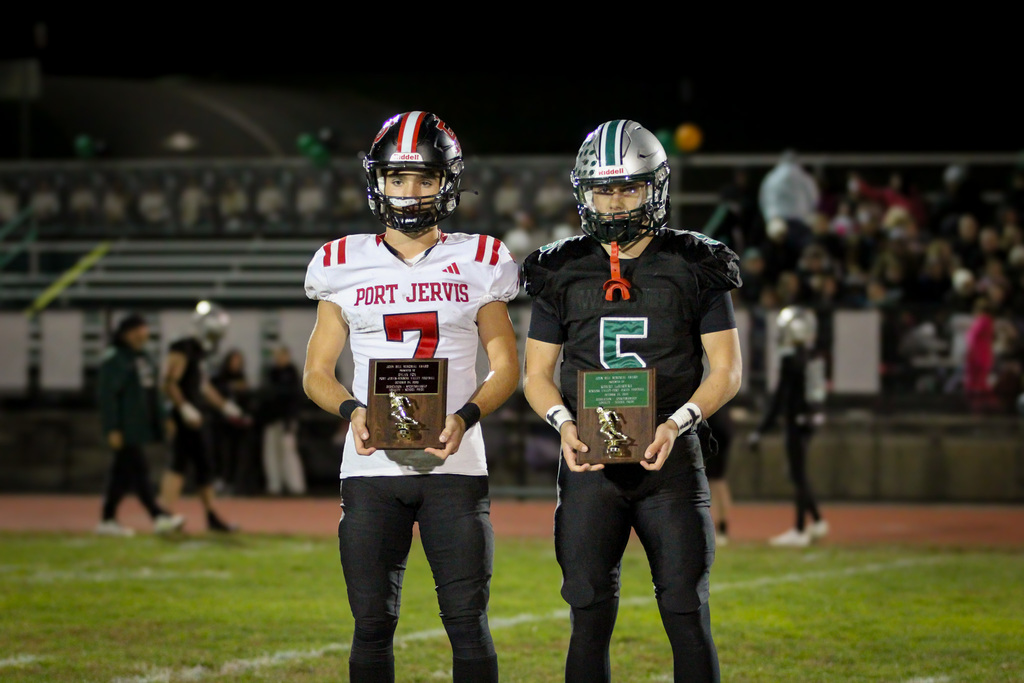
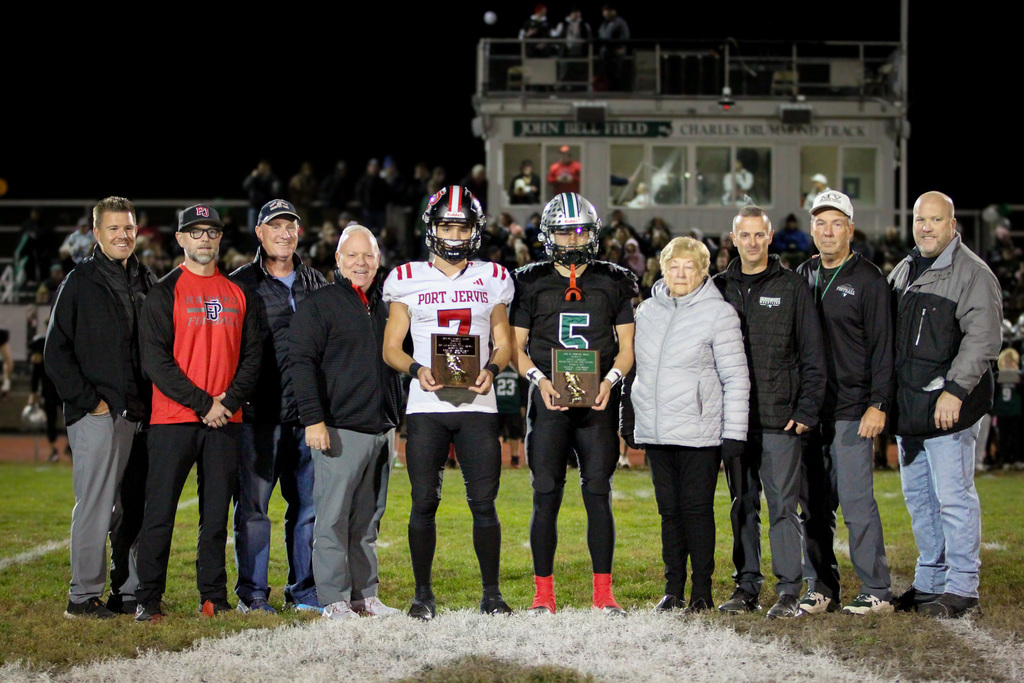
--- Natalie Barina, a three year varsity player, who has been a middle blocker and hitter her entire high school volleyball career. Although once very gentle, her senior year she found the fierceness to match her height. Her quiet leadership and kindness unknowingly make her a role model for those around her.
--- Joli Calcano, a two year varsity player who is a utility player who played as a defensive specialist her senior year but has also played as a setter and right side hitter. Her sunny demeanor brings smiles to everyone's face at just the right time.
--- Anhjela Jackson, a three year varsity player playing as a right side hitter and setter but has also played in the outside hitter position. She is an “all around” six rotation player and can play any position. She has great control of her sets and is a powerful hitter.
--- Ava Messina, a two year varsity player who is a right side hitter and setter. Her athleticism and drive allows her to play at a very high level. Her passion and dedication on the court is unmatched. She is a natural leader and is still hungry to learn everything there is to learn about the game.
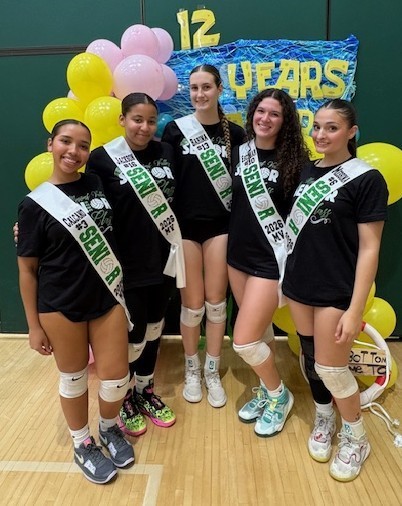
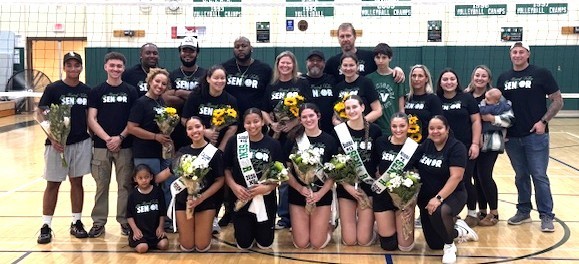
Students were tasked with creating their own instrument made out of recycled materials, identifying which sound family their instrument belongs to: Aerophones (instruments that vibrate when air is blown into them); chordophones (instruments that vibrate when strings are plucked); membranophones (instruments -- drums -- that vibrate when a stretched surface is hit); idiophones (instruments that vibrate themselves --- rainsticks, maracas, jingle bells, shakers, etc.); and electrophones are instruments that vibrate through electricity.
Studying the science of sound is important in music because it provides a deeper, more concrete understanding of musical concepts like pitch, volume, and rhythm by explaining the physical principles behind them. This interdisciplinary approach helps students grasp how sound is produced and travels, making music more accessible and meaningful while connecting it to the broader world of science.
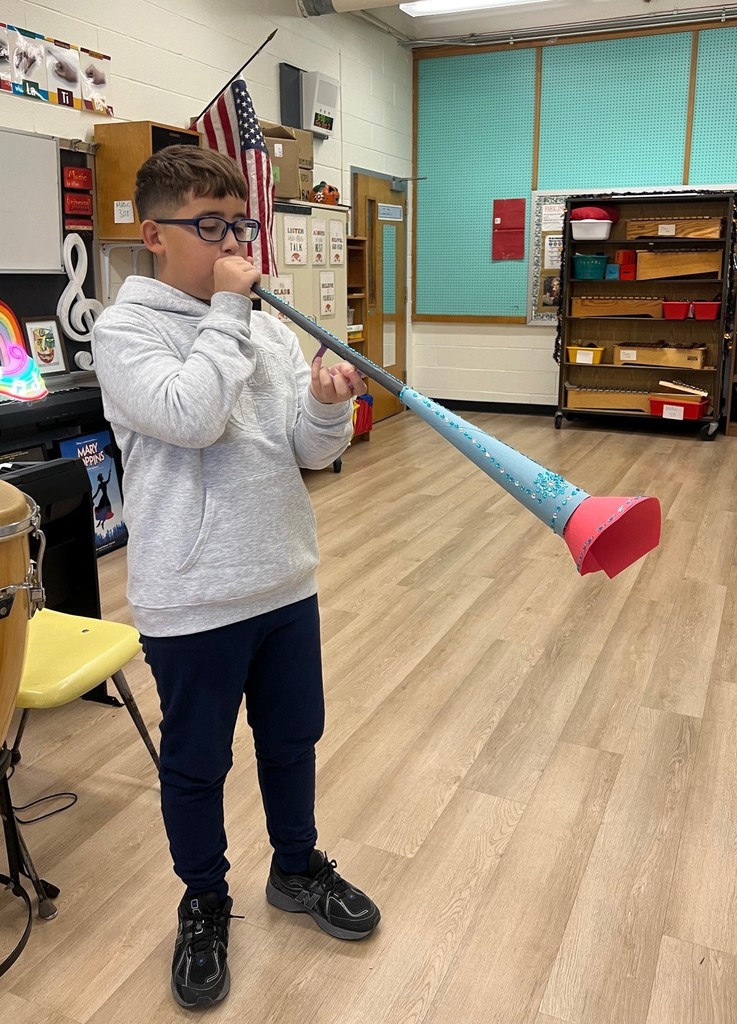
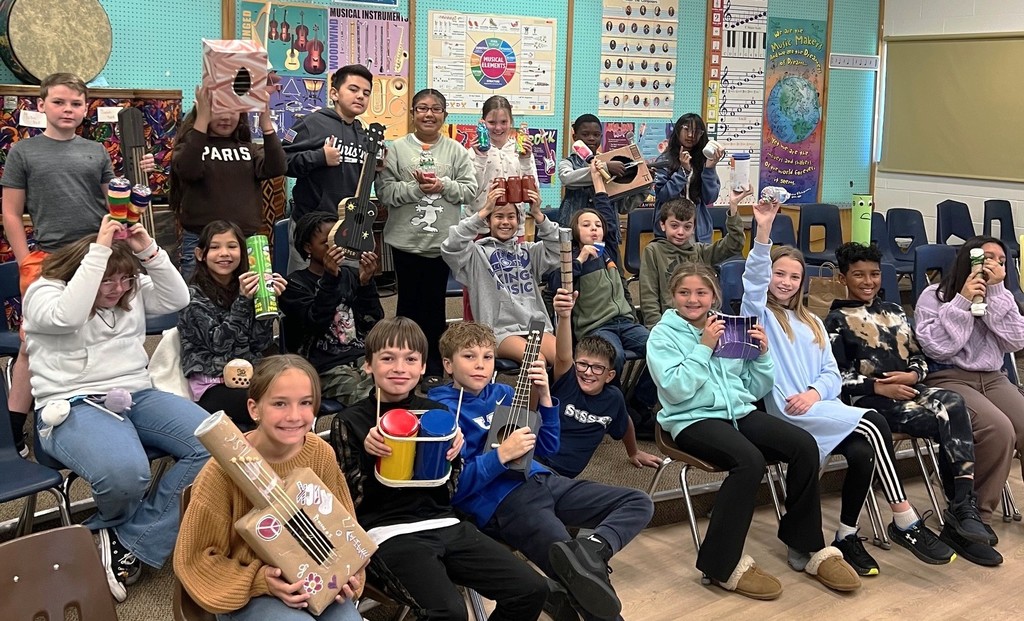
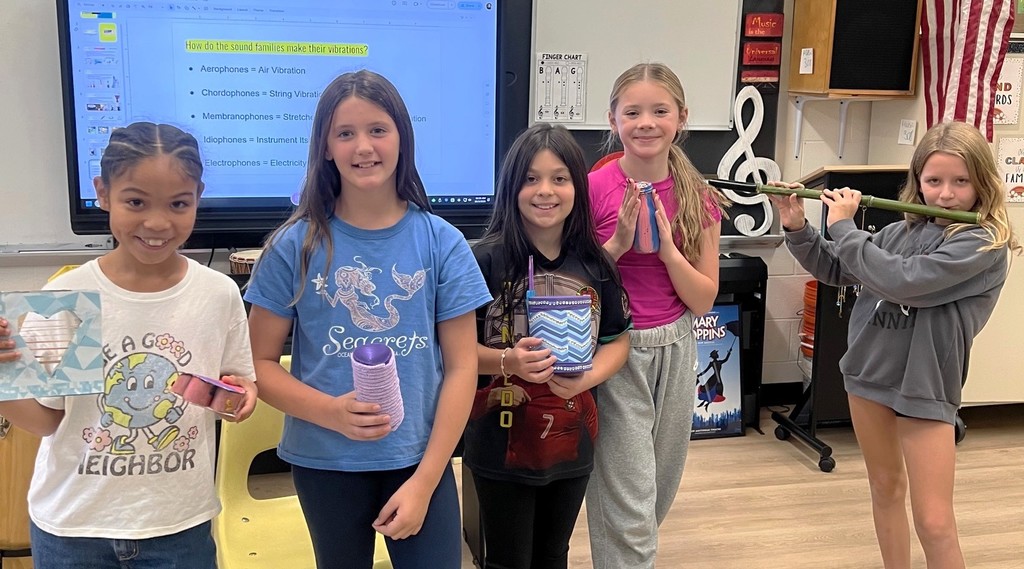
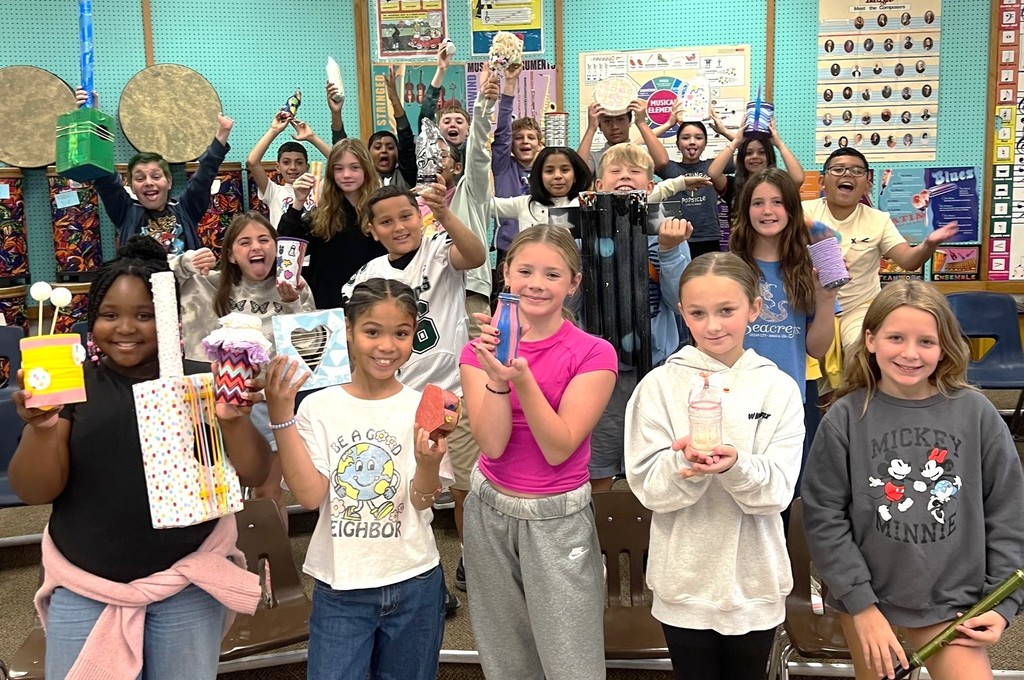
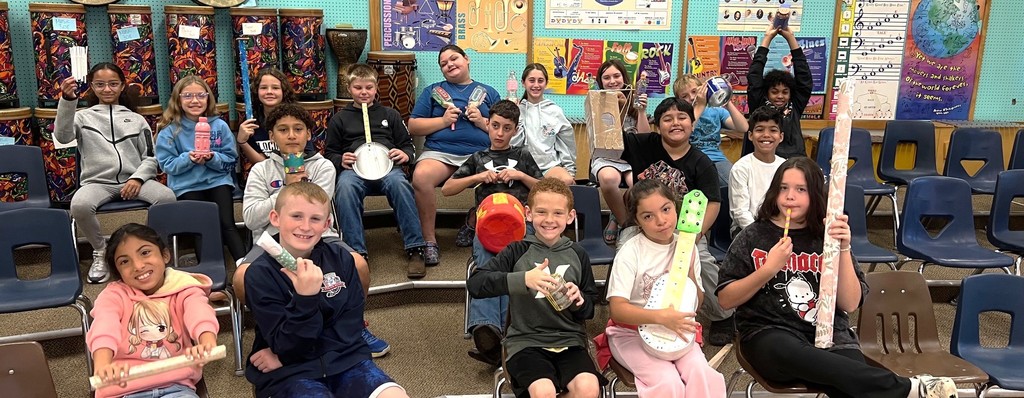
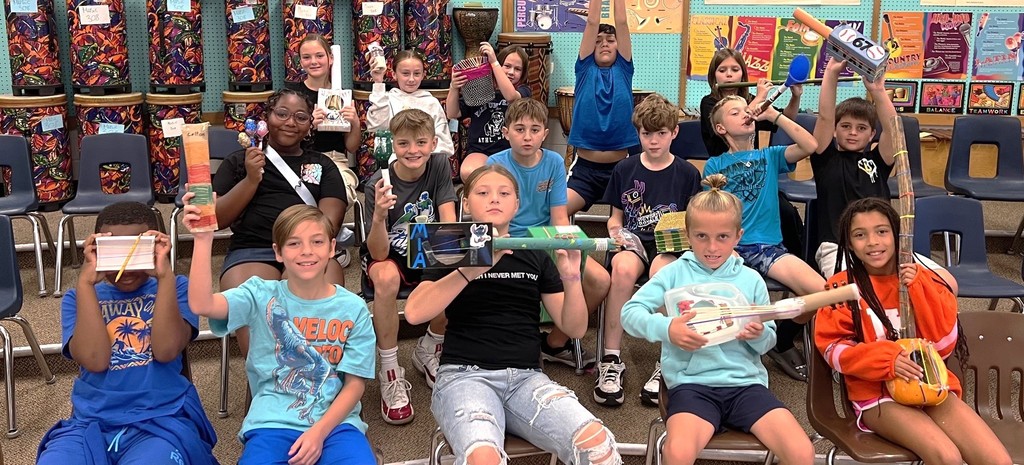
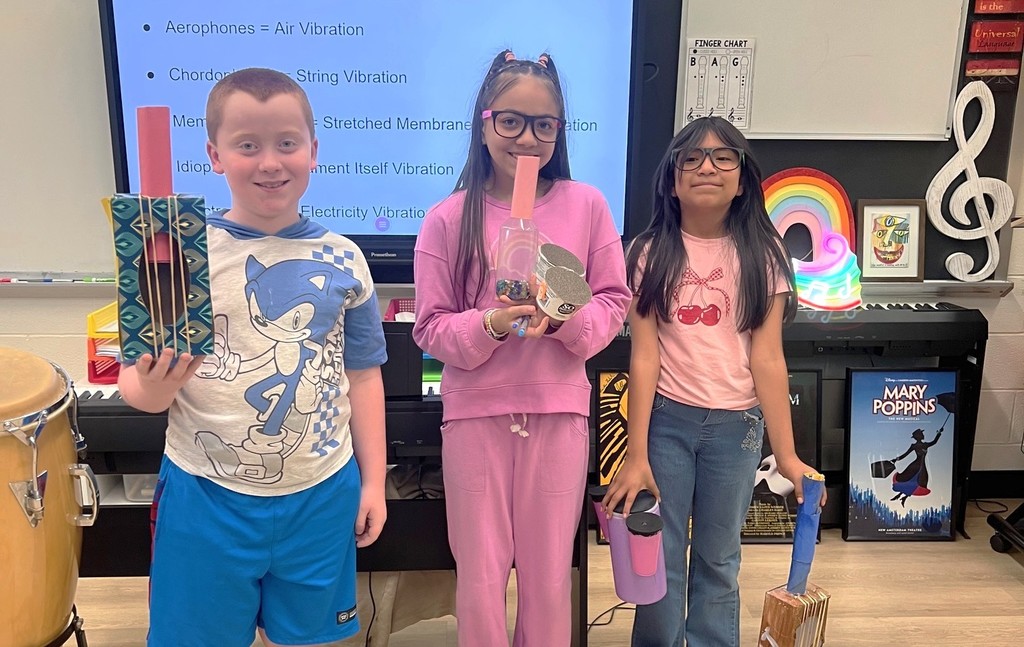

--- Alleah Lee, president
--- Olivia Gonzalez, vice president
--- Raegan DePoalo, secretary
--- KatieMae Howell, treasurer
They were among the 35 students were sworn into the middle school student government on Oct. 10.
Being a part of a middle school s' student government gives students an opportunity to develop leadership skills, provides practical experience in decision-making and problem-solving, and enhances communication and teamwork abilities. It also gives students a voice in school matters, fosters a sense of community and ownership, and teaches the fundamentals of democracy and civic responsibility.
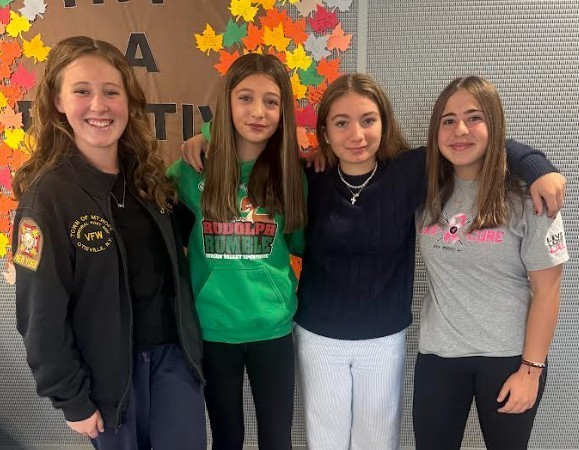
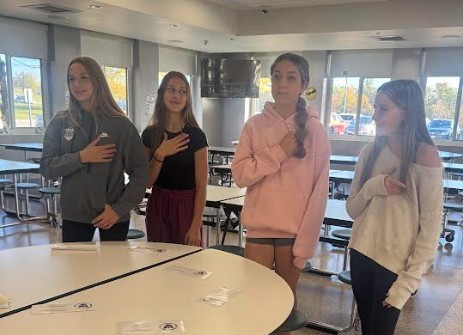
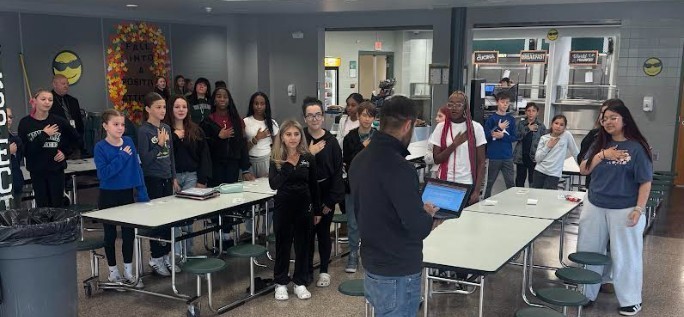
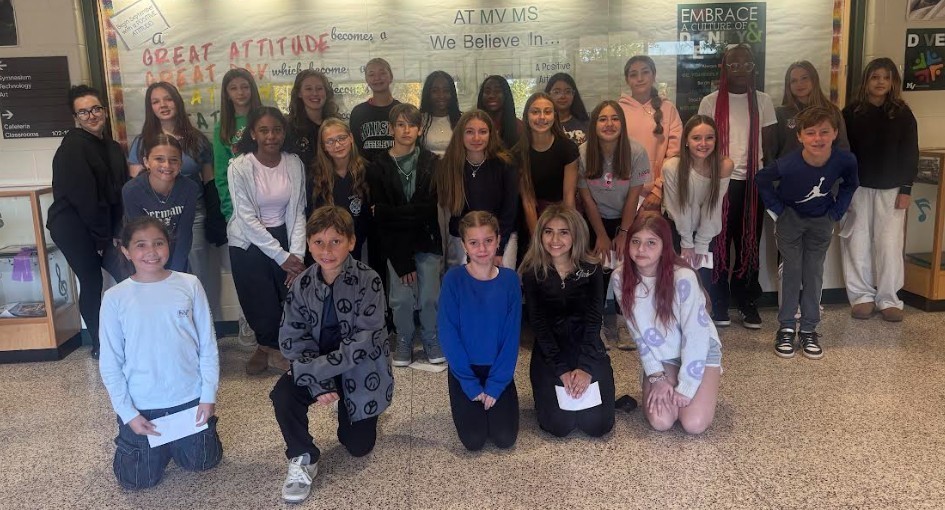
Studying regional history is important because it can promote a sense of place and identity, enhances critical thinking, and connects individuals to key events in the history of a particular area. By understanding “the past,” students can better understand “the present,” including its challenges and strengths, which helps in being better prepared for what will happen in “the future.”
Robert Abate’s Archaeology and Metal Detecting Club members and Ezra Clementson’s, Frank Cherry’s and Jonathan Grady’s Global 9 students recently had the unique opportunity to step back in time during a visit to the historic Minisink Battleground Park in Sullivan County! Take a peek at their outing!
Their field trip offered a powerful, hands-on learning experience about one of the most tragic and heroic episodes in the region's Revolutionary War history. The trip was organized as one of the many ways the Minisink Valley History Department is recognizing the nation’s 250th anniversary of declaring independence.
Sullivan County Historian John Conway, whose knowledge and storytelling brought the events of July 22, 1779, vividly to life, led the tour along with reenactors Daniel and Joshua from the Fort Delaware Museum. They dressed in period attire and also demonstrated how to fire a musket.
The group toured key battleground areas, including Hospital Rock, where wounded militia members were treated, and Sentinel Rock, a silent witness to the fierce and fateful battle that unfolded on these very grounds.
Students gained insight into the significant losses suffered by local militia, who bravely engaged in combat against the forces led by the notorious Mohawk leader Joseph Brant. The field trip not only highlighted the sacrifices made by local patriots but also deepened students' understanding of the complex alliances and conflicts that defined the Revolutionary War in this region.
“This immersive experience left students with a greater appreciation for our area's rich history and the enduring legacy of those who fought and fell at Minisink,” said Mr. Abate. “We are grateful to Mr. Conway and the Fort Delaware reenactors for helping bring history to life in such a meaningful and memorable way.”
The group finished the trip with stops at the Roebling Bridge, the oldest existing wire suspension bridge in the U.S. and an eagle observation point along the Delaware River.
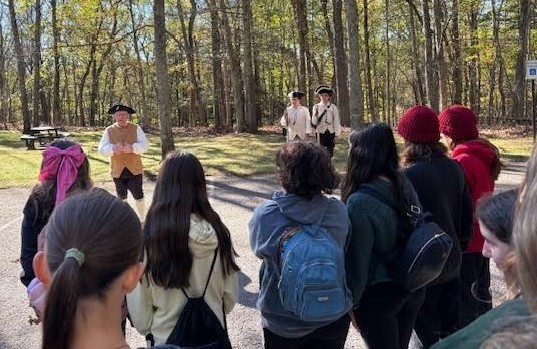
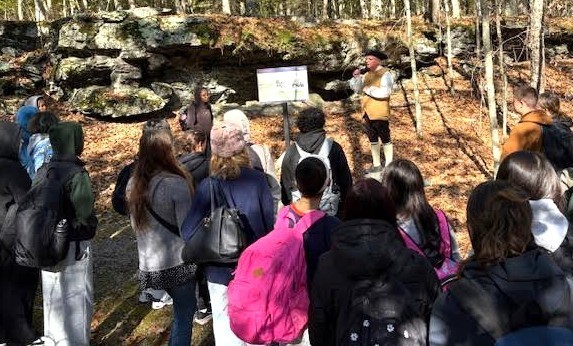

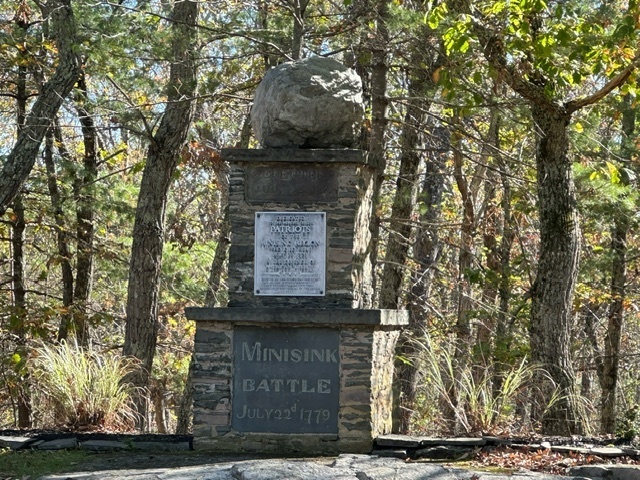

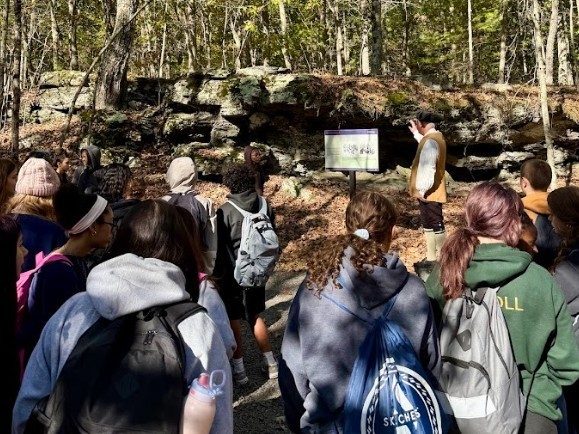
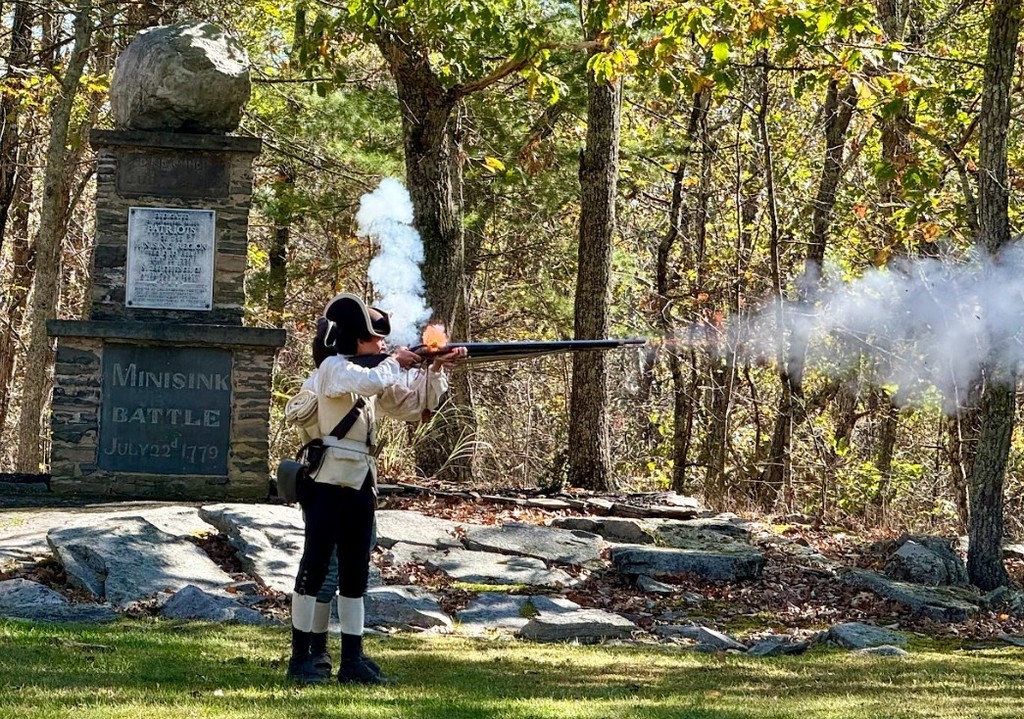
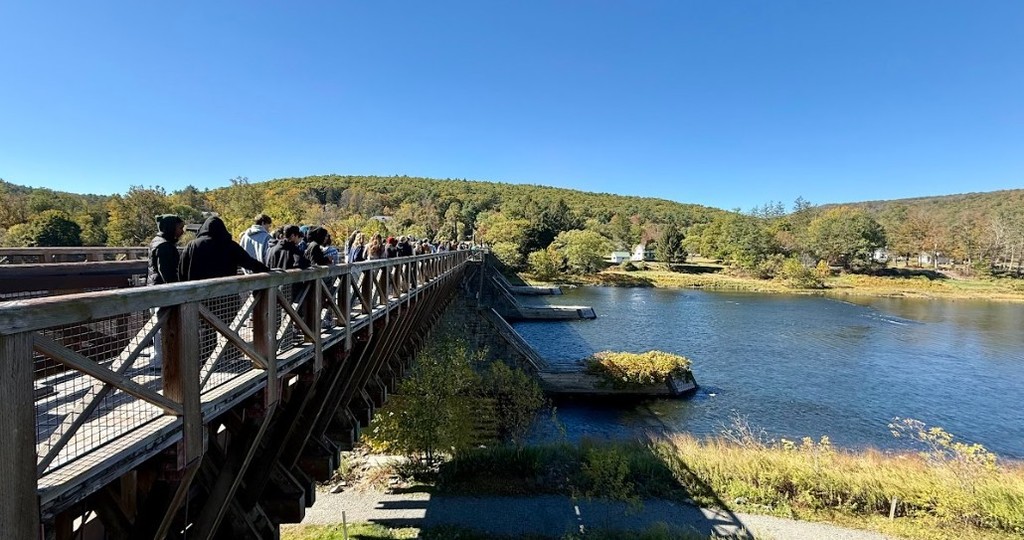
First, they created their own “best pumpkin in the patch,” each vibrantly colorful and unique. Then, they were tasked with writing an opinion paragraph which provides details about why they believe makes their pumpkin the best. What a great way to blend ELA, art and the Halloween season into a learning experience! Take a look!
Opinion writing helps students develop critical thinking, organize their thoughts, and communicate respectfully. By 3rd grade, students have a strong enough grasp of expressing preferences to begin structuring a more formal, reasoned argument, or opinion. It’s also part of a larger, structured literacy progression that moves from informal communication to more advanced writing skills.
